0 CURRENT ACTIVE STORMS, INVESTS, AREAS OF INTEREST…
2 Day Tropical Weather Outlook 7 Day Tropical Weather Outlook
7 Day Tropical Weather Outlook Average Days For System To Reach U.S.
Average Days For System To Reach U.S.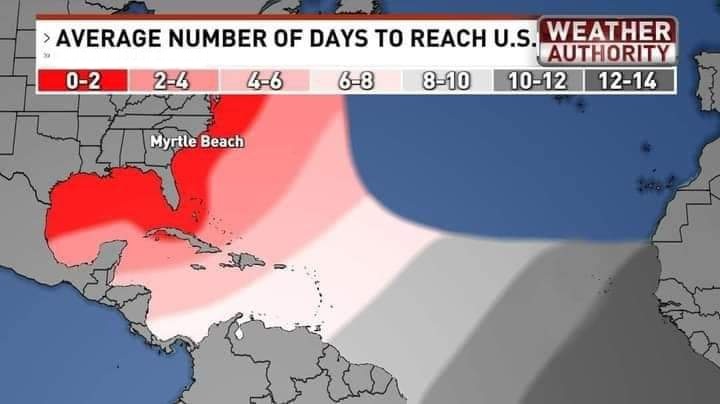
LINK: International Meteorology Database
Global Tropics Outlook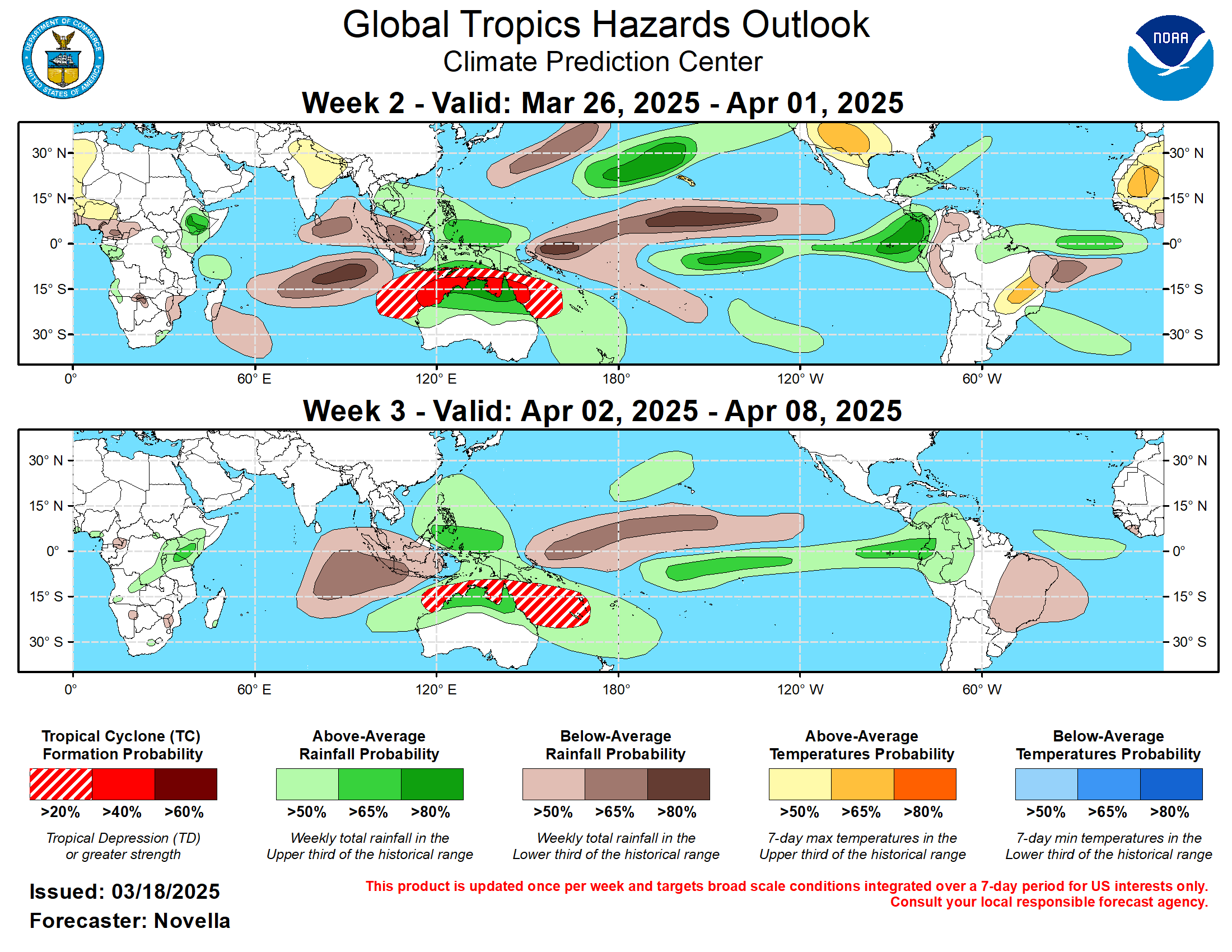 Current Water Vapor
Current Water Vapor
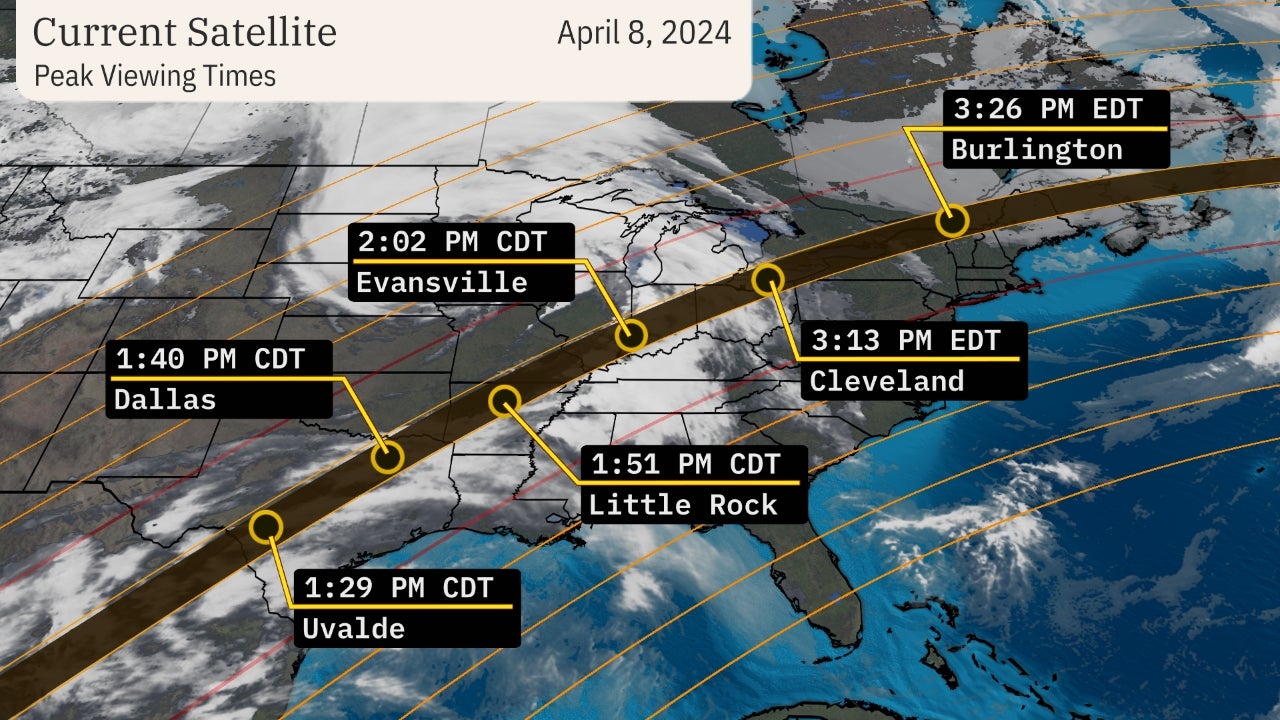 Current Wind Shear
Current Wind Shear
 NOAA 0-24 hour TC Formation Probability
NOAA 0-24 hour TC Formation Probability
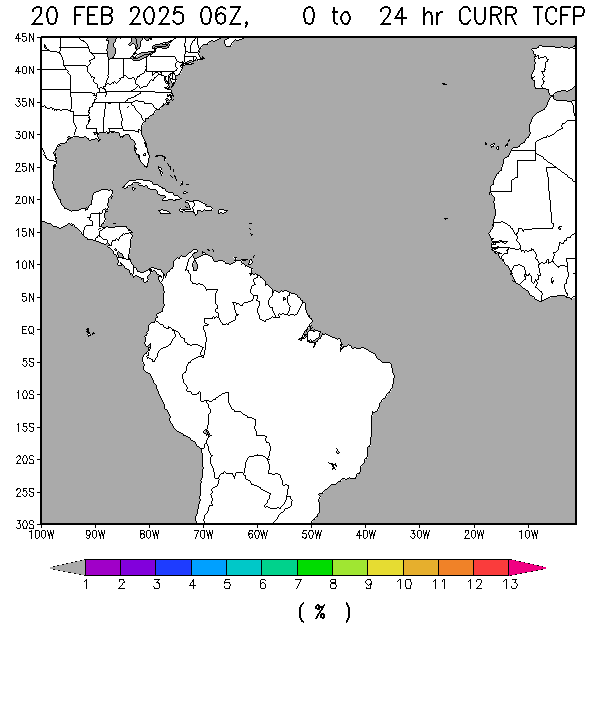 NOAA 0-48 hour TC Formation Probability
NOAA 0-48 hour TC Formation Probability
 VIEW ALL TC PROBABILITY RUNS
VIEW ALL TC PROBABILITY RUNS
Live Current and Future Winds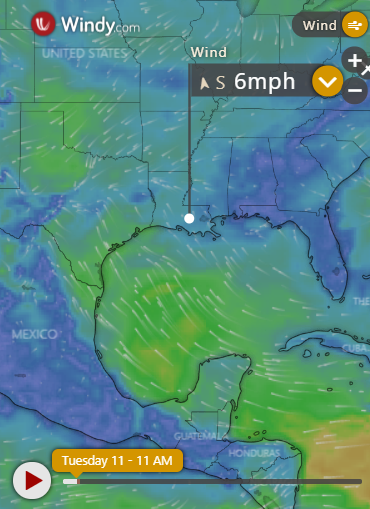
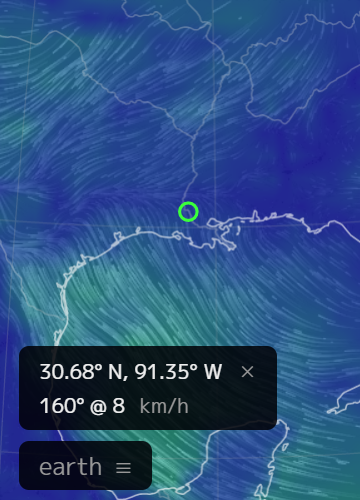 Live Ocean Currents
Live Ocean Currents
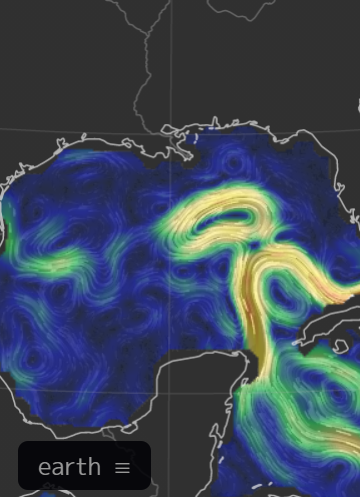 Current Tropical Surface Analysis Maps
Current Tropical Surface Analysis Maps
Tropical Atlantic Southwest Atlantic
Southwest Atlantic
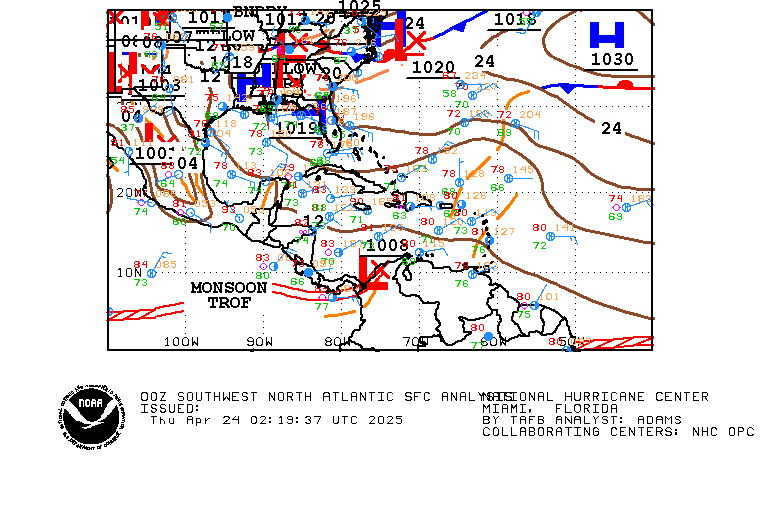 Gulf of Mexico
Gulf of Mexico
 Southeast US Coast
Southeast US Coast
 Caribbean
Caribbean

 7 Day Tropical Weather Outlook
7 Day Tropical Weather Outlook Average Days For System To Reach U.S.
Average Days For System To Reach U.S.
LINK: International Meteorology Database
Global Tropics Outlook
 Current Water Vapor
Current Water Vapor
 Current Wind Shear
Current Wind Shear
 NOAA 0-24 hour TC Formation Probability
NOAA 0-24 hour TC Formation Probability
 NOAA 0-48 hour TC Formation Probability
NOAA 0-48 hour TC Formation Probability
 VIEW ALL TC PROBABILITY RUNS
VIEW ALL TC PROBABILITY RUNSLive Current and Future Winds

 Live Ocean Currents
Live Ocean Currents
 Current Tropical Surface Analysis Maps
Current Tropical Surface Analysis MapsTropical Atlantic
 Southwest Atlantic
Southwest Atlantic
 Gulf of Mexico
Gulf of Mexico
 Southeast US Coast
Southeast US Coast
 Caribbean
Caribbean

00Z Runs of TC Genesis Probability
Ensemble-based Probability (%) of TC Genesis Consensus (NCEP, CMC and ECMWF)
0-48 Hours
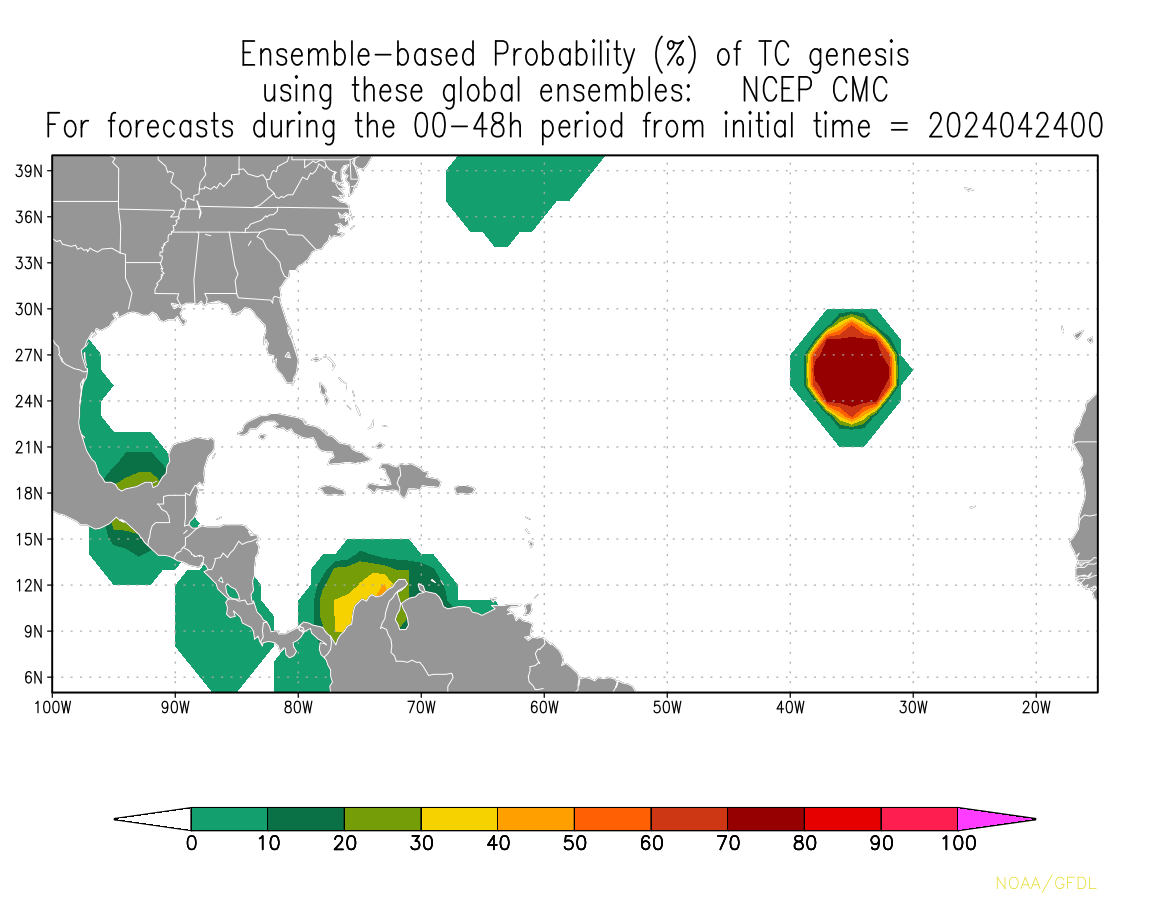 0-120 Hours
0-120 Hours
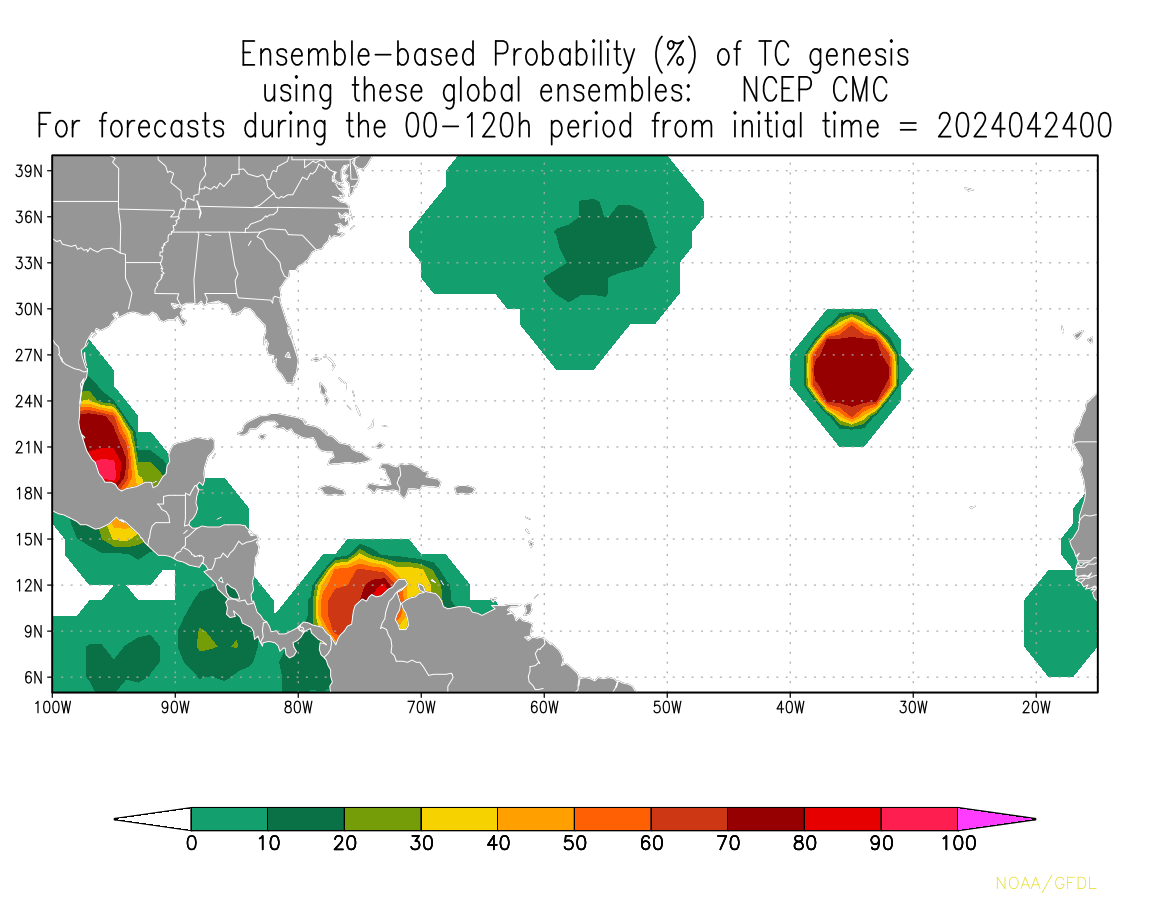 120-240 Hours
120-240 Hours
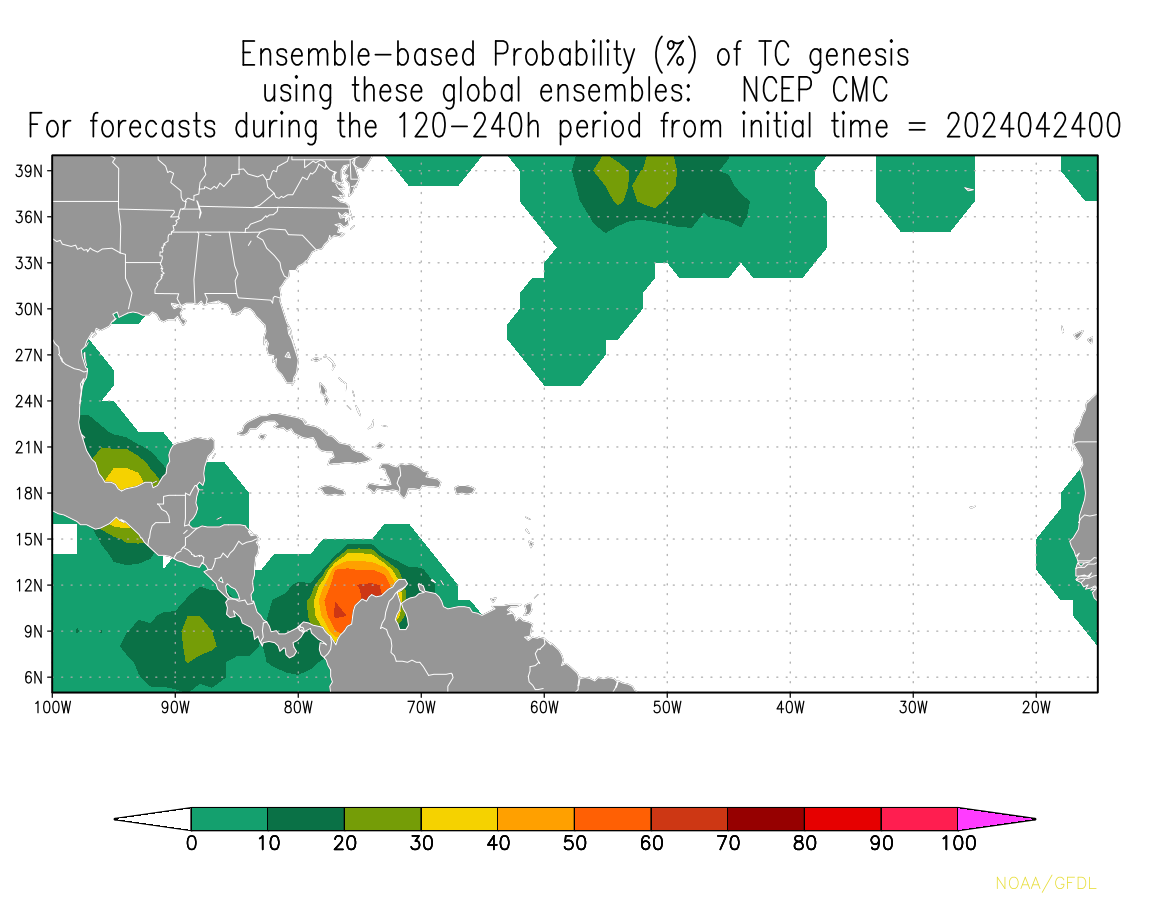 Ensemble-based Probability (%) of TC Genesis Consensus (NCEP)
0-48 Hours
Ensemble-based Probability (%) of TC Genesis Consensus (NCEP)
0-48 Hours
 0-120 Hours
0-120 Hours
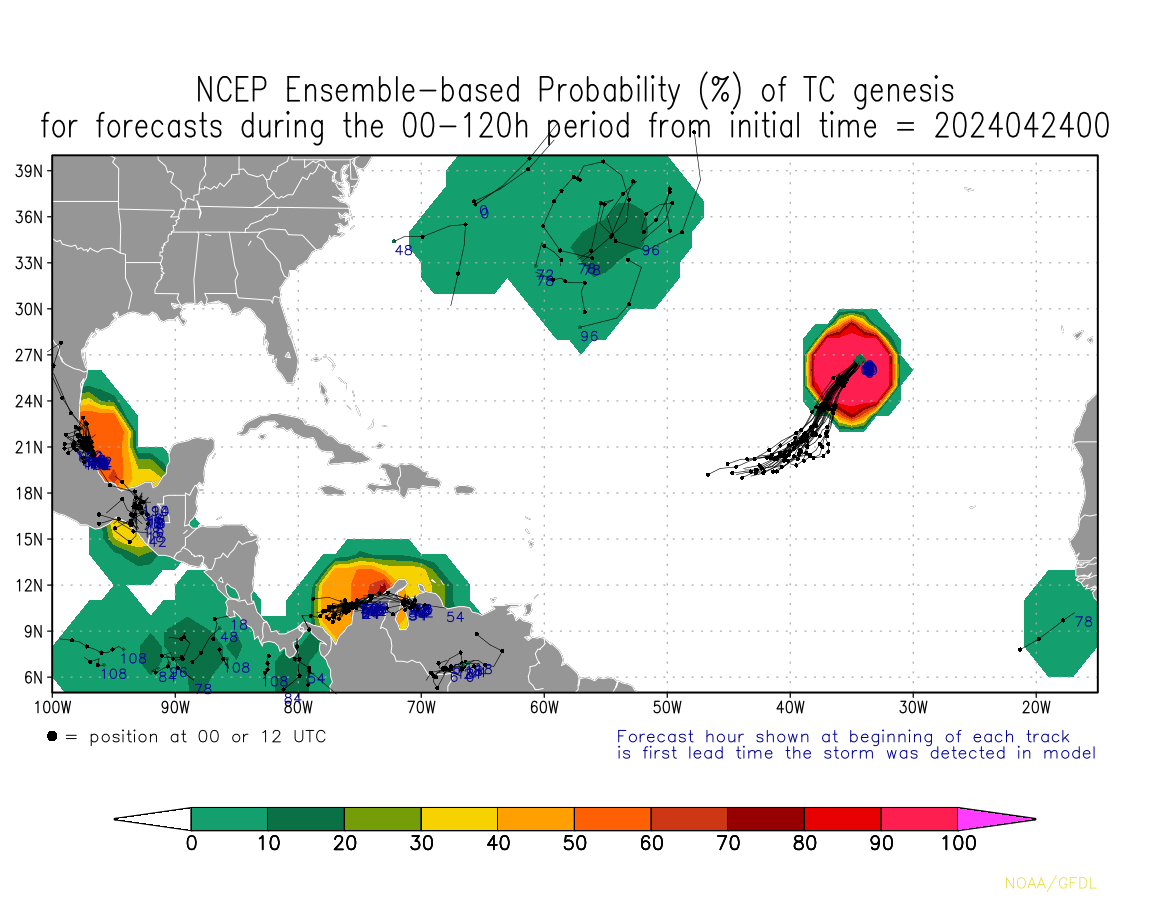 120-240 Hours
120-240 Hours
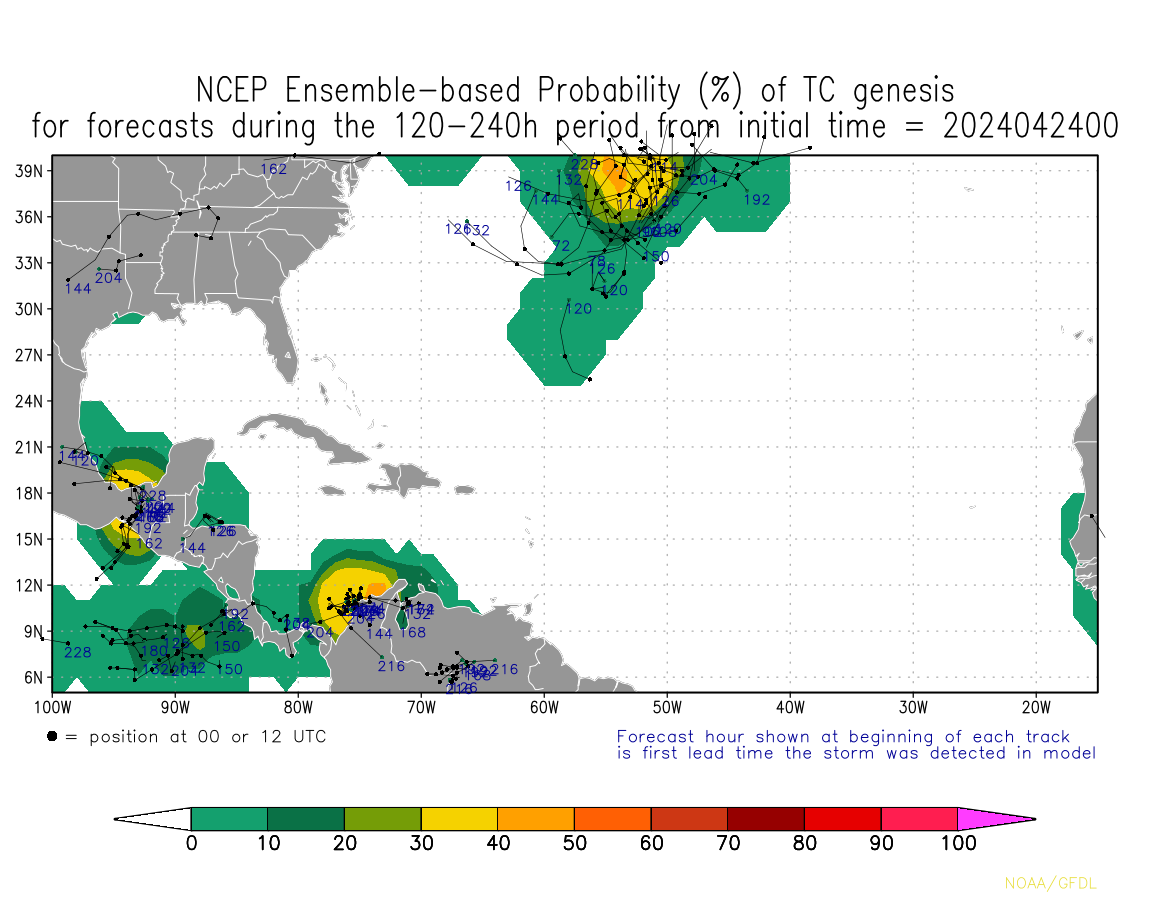 12Z Runs of TC Genesis Probability
Ensemble-based Probability (%) of TC Genesis Consensus (NCEP, CMC and ECMWF)
0-48 Hours
12Z Runs of TC Genesis Probability
Ensemble-based Probability (%) of TC Genesis Consensus (NCEP, CMC and ECMWF)
0-48 Hours
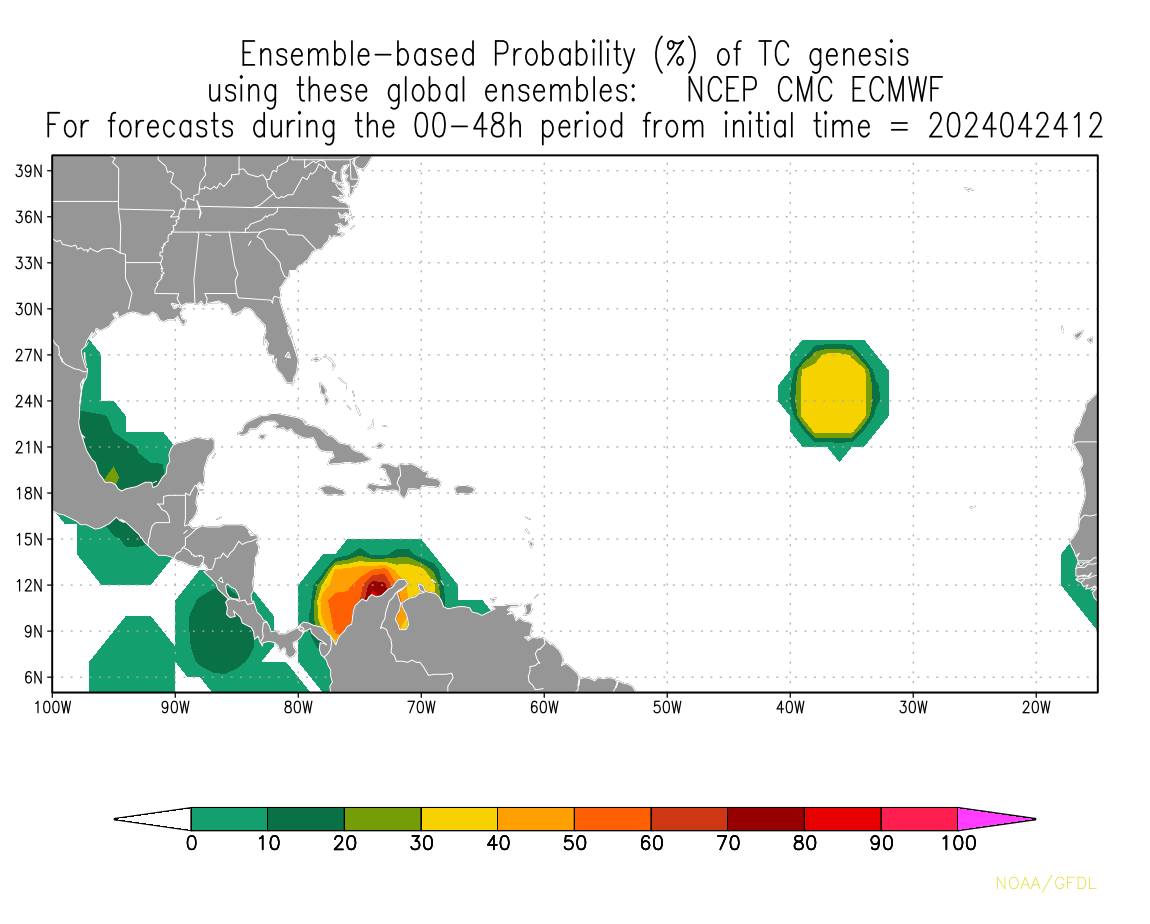 0-120 Hours
0-120 Hours
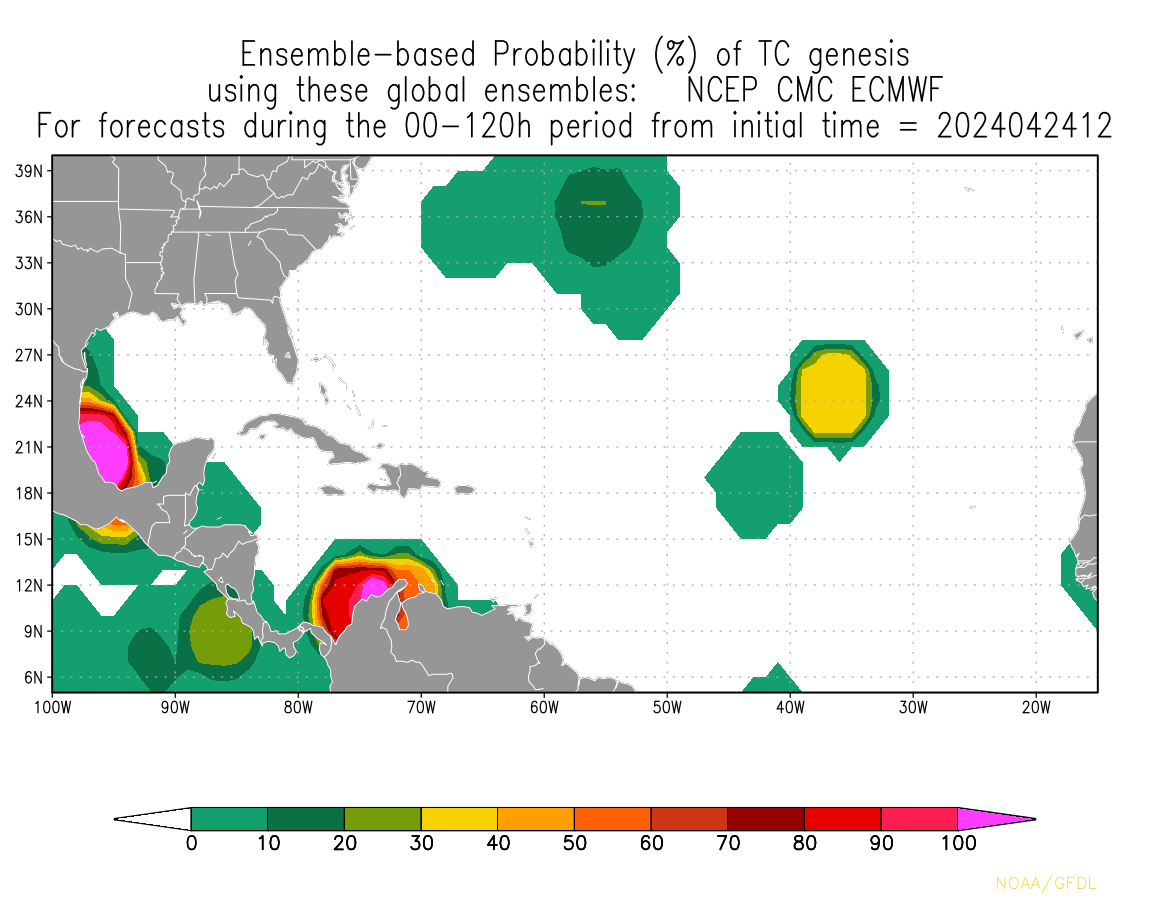 120-240 Hours
120-240 Hours
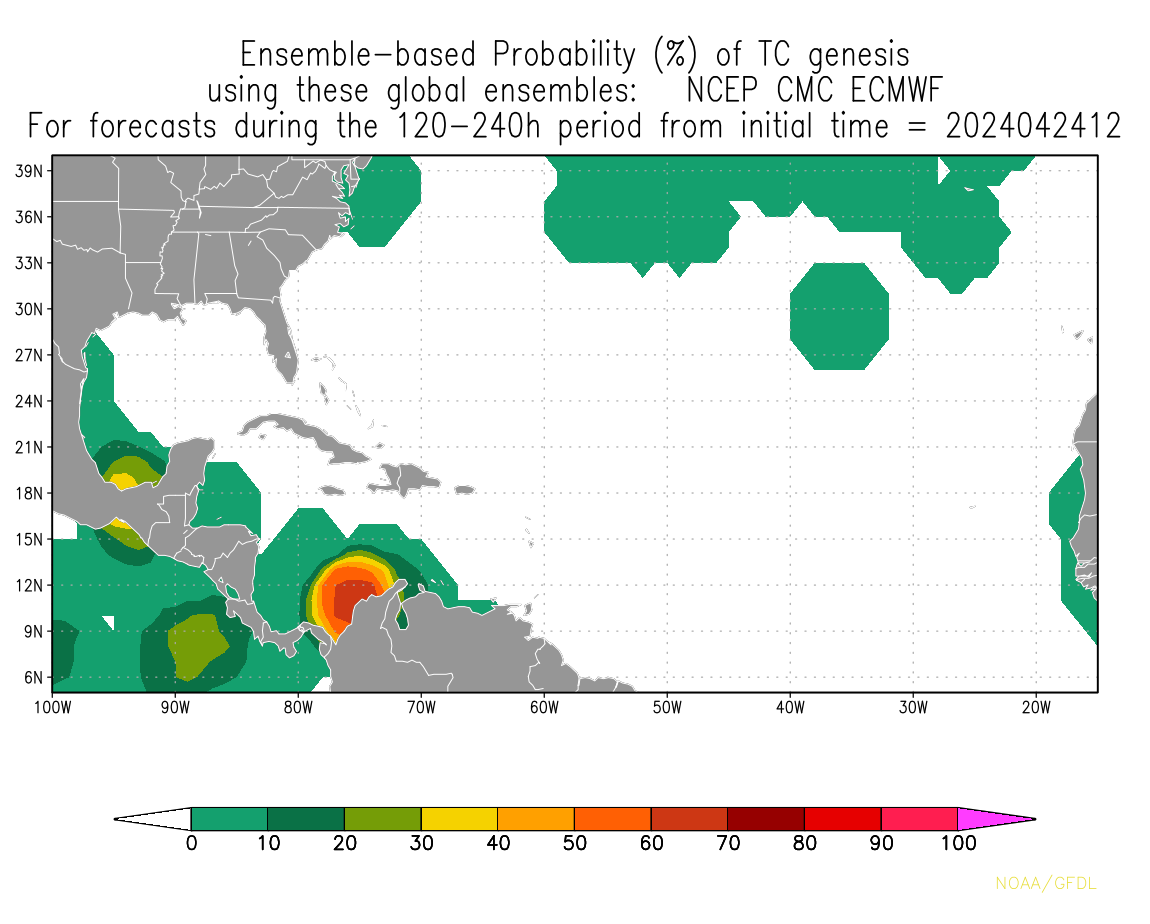 Ensemble-based Probability (%) of TC Genesis Consensus (NCEP)
0-48 Hours
Ensemble-based Probability (%) of TC Genesis Consensus (NCEP)
0-48 Hours
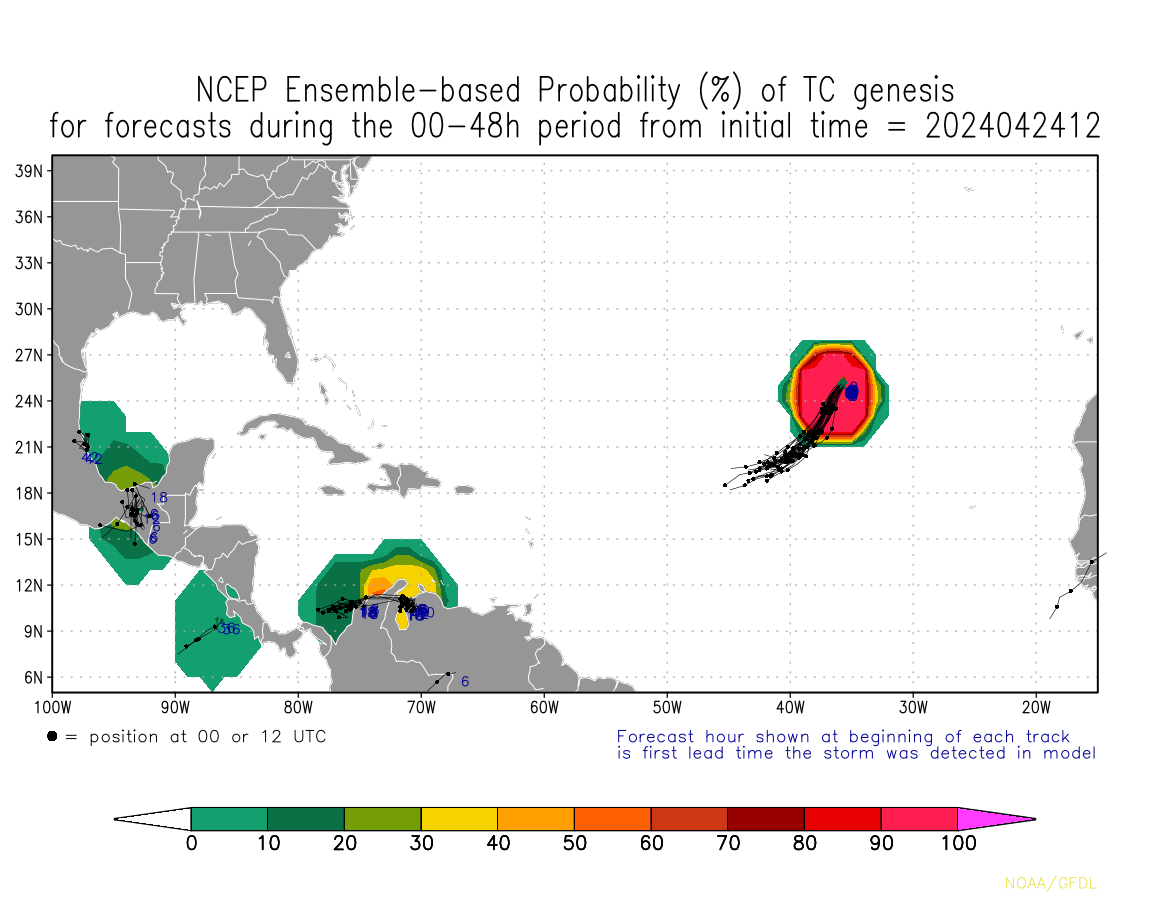 0-120 Hours
0-120 Hours
 120-240 Hours
120-240 Hours
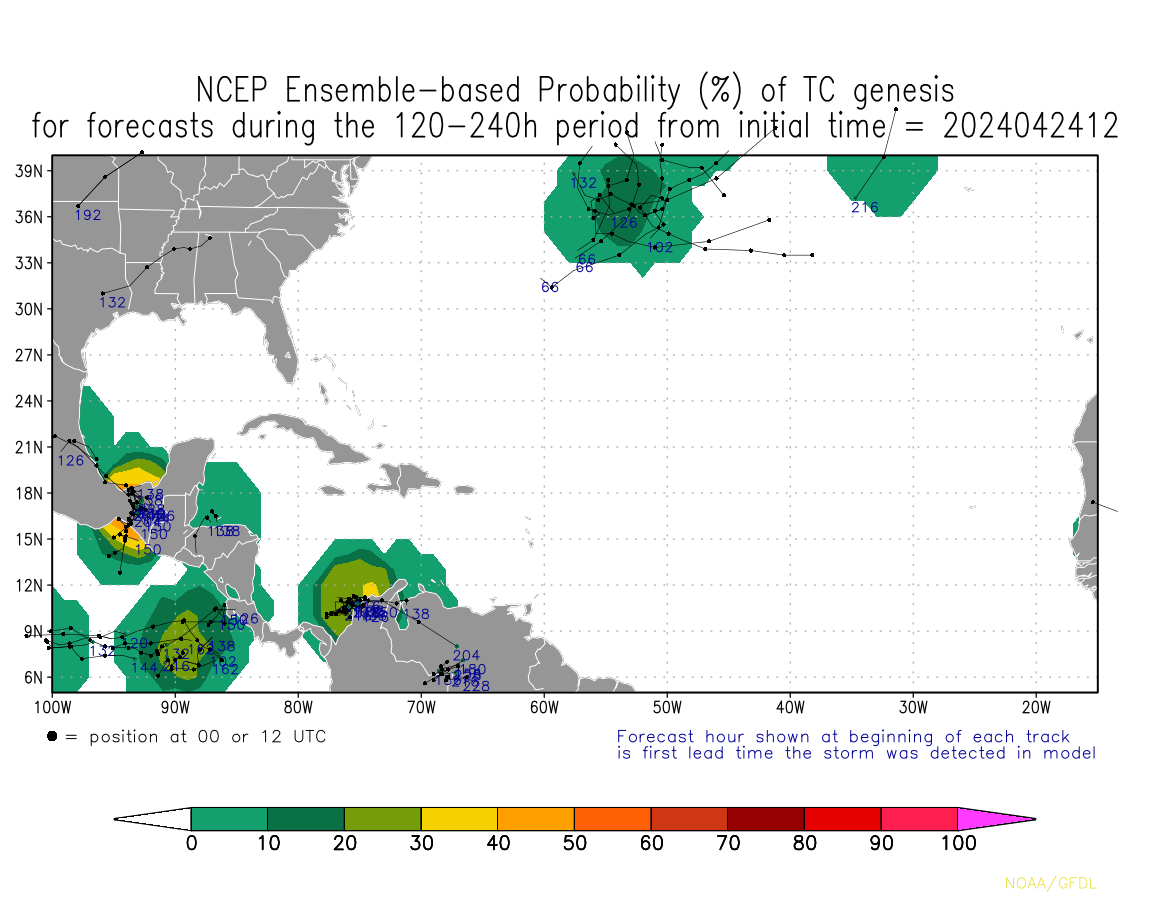
 0-120 Hours
0-120 Hours
 120-240 Hours
120-240 Hours
 Ensemble-based Probability (%) of TC Genesis Consensus (NCEP)
0-48 Hours
Ensemble-based Probability (%) of TC Genesis Consensus (NCEP)
0-48 Hours
 0-120 Hours
0-120 Hours
 120-240 Hours
120-240 Hours
 12Z Runs of TC Genesis Probability
Ensemble-based Probability (%) of TC Genesis Consensus (NCEP, CMC and ECMWF)
0-48 Hours
12Z Runs of TC Genesis Probability
Ensemble-based Probability (%) of TC Genesis Consensus (NCEP, CMC and ECMWF)
0-48 Hours
 0-120 Hours
0-120 Hours
 120-240 Hours
120-240 Hours
 Ensemble-based Probability (%) of TC Genesis Consensus (NCEP)
0-48 Hours
Ensemble-based Probability (%) of TC Genesis Consensus (NCEP)
0-48 Hours
 0-120 Hours
0-120 Hours
 120-240 Hours
120-240 Hours

Precipitation Forecasts
Next 24 Hours QPF Total
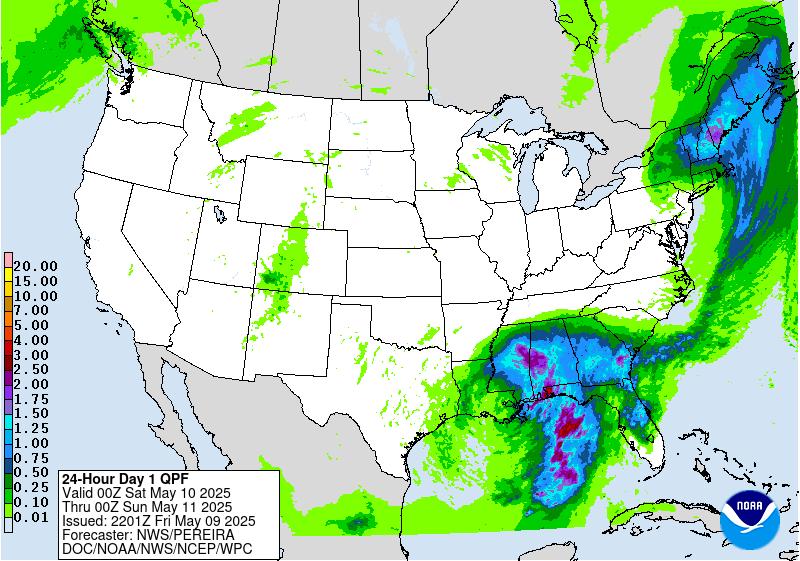
Next 5 days QPF Totals
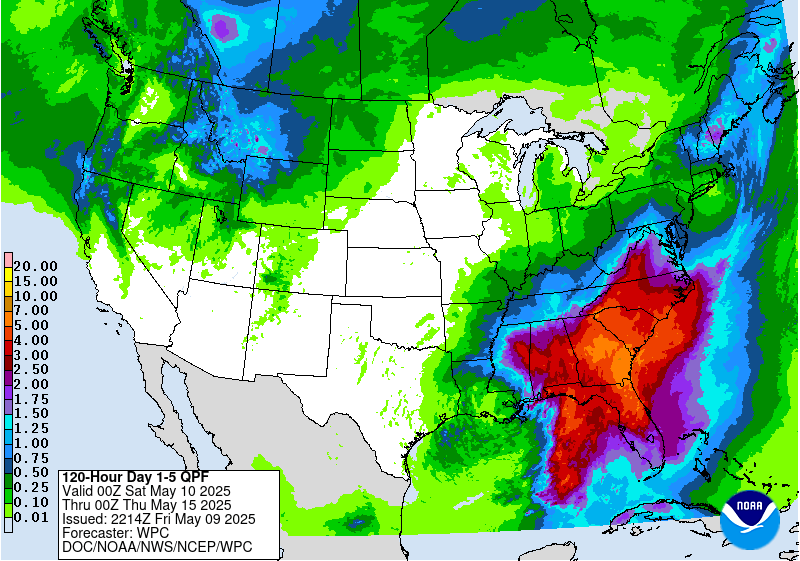
Next 7 Days QPF Totals
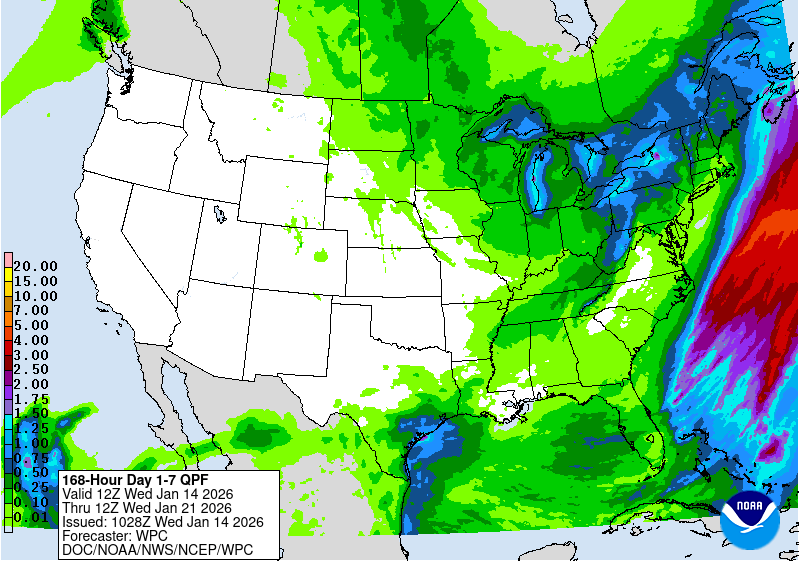
View all Precipitation forecasts
Next 24 Hours QPF Total

Next 5 days QPF Totals

Next 7 Days QPF Totals

View all Precipitation forecasts
Atlantic Sea Height / Waves
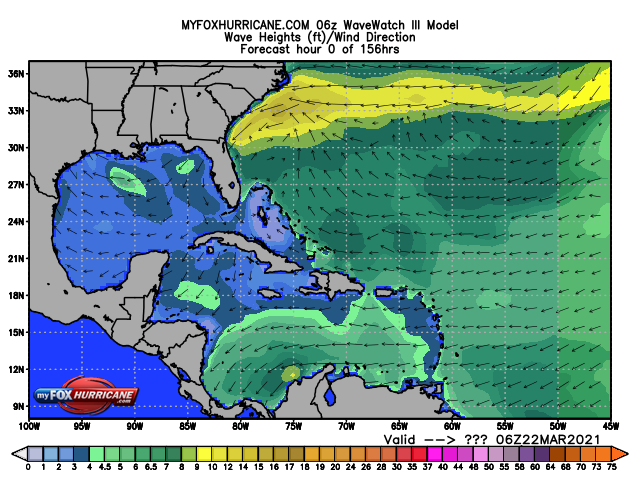
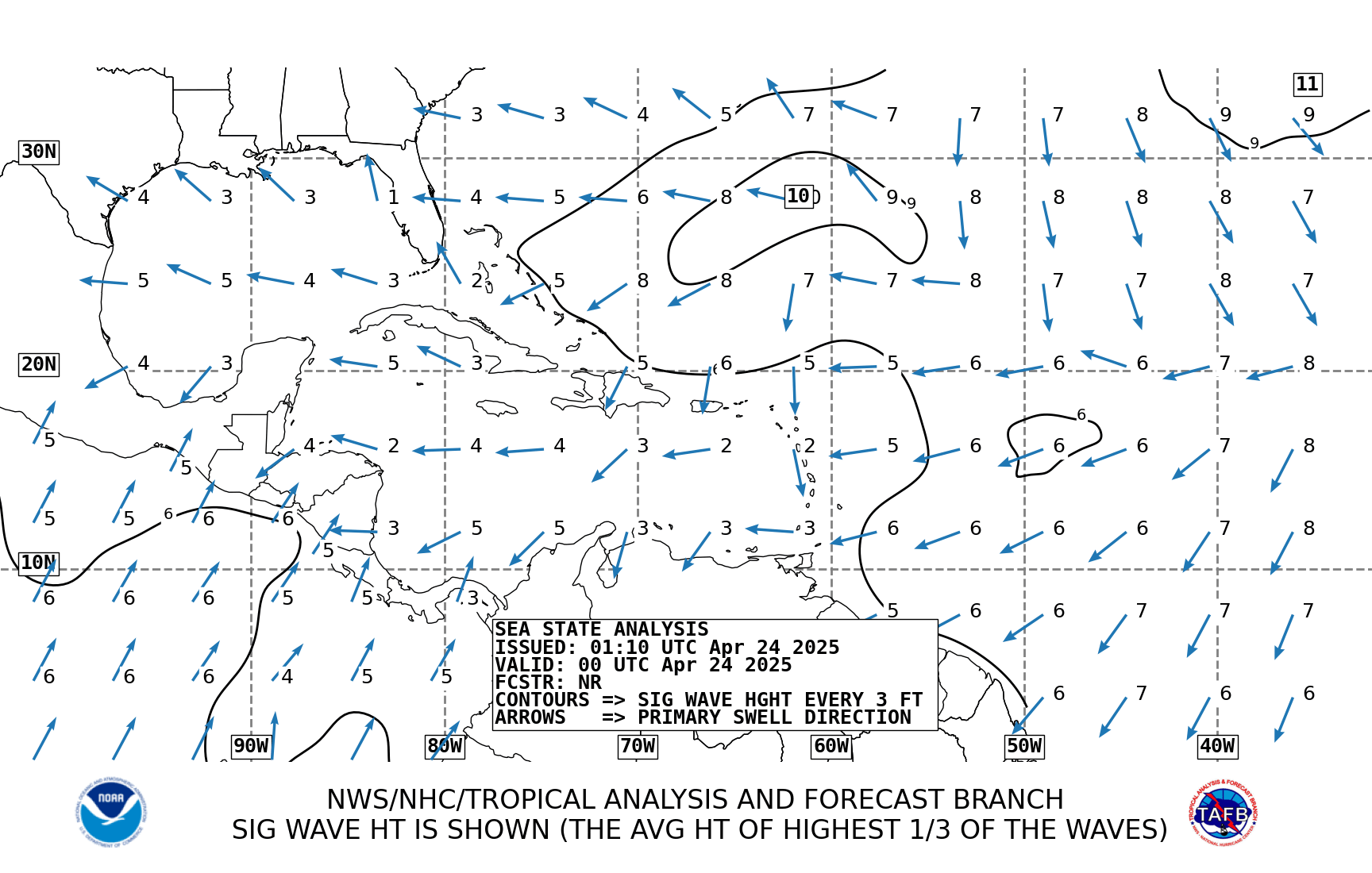
LINK: Stormsurfing.com Global Wave Height
LINK: Stormsurfing.com Atlantic Wave Height
LINK: CoolWX Current Gulf of Mexico Buoy Data
LINK: CoolWX Current SE Coast Buoy Data
LINK: CoolWX Current Caribbean Buoy Data


LINK: Stormsurfing.com Global Wave Height
LINK: Stormsurfing.com Atlantic Wave Height
LINK: CoolWX Current Gulf of Mexico Buoy Data
LINK: CoolWX Current SE Coast Buoy Data
LINK: CoolWX Current Caribbean Buoy Data
MJO Model Forecasts
40 Day Forecast
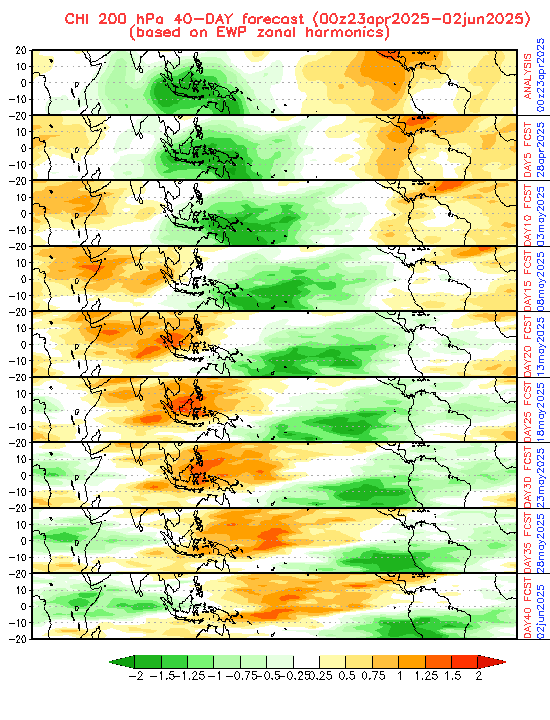
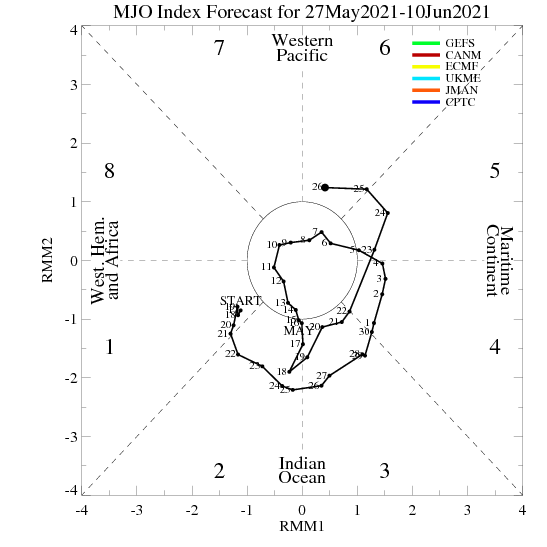
View individual MJO forecasts
MJO Links
Mike Ventrice MJO Forecasts
Official CPC MJO Forecasts
40 Day Forecast


View individual MJO forecasts
MJO Links
Mike Ventrice MJO Forecasts
Official CPC MJO Forecasts
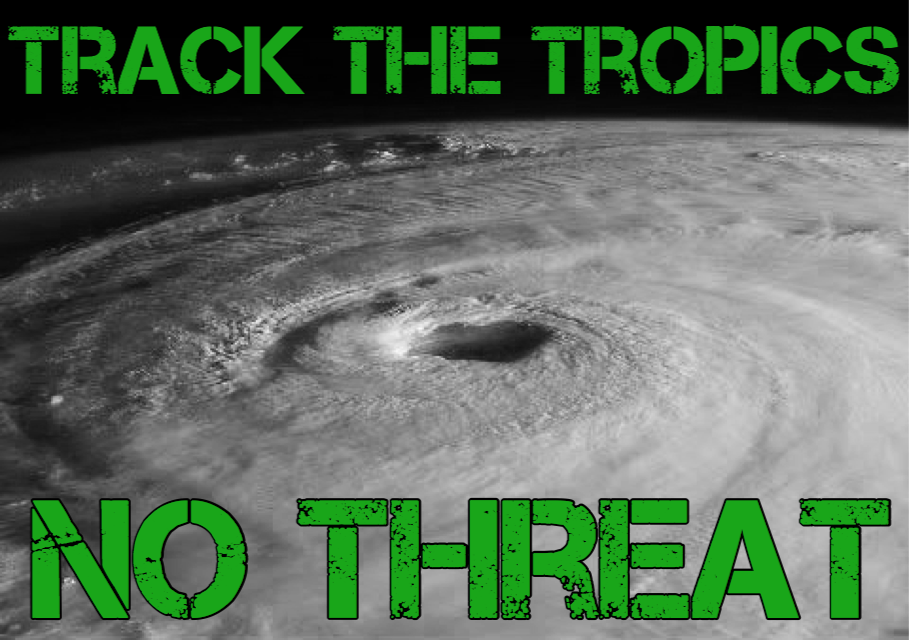
![[Map of 1950-2017 CONUS Hurricane Strikes]](http://www.nhc.noaa.gov/climo/images/conus_strikes_sm.jpg)
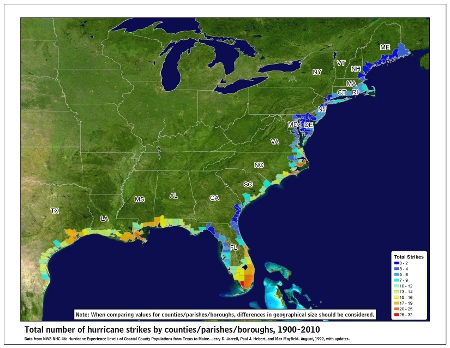
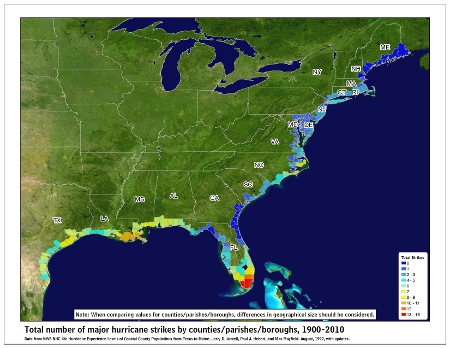
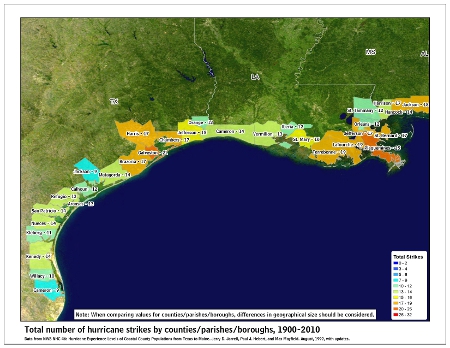
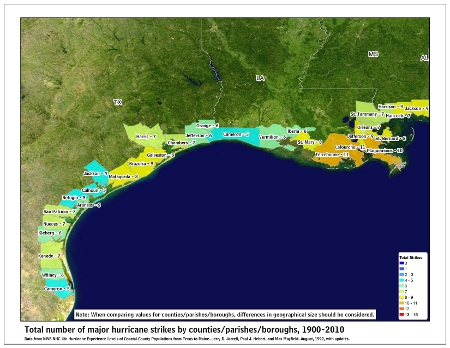
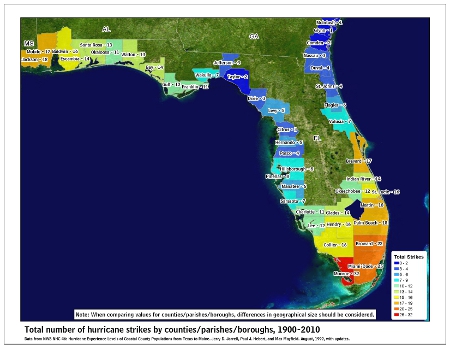

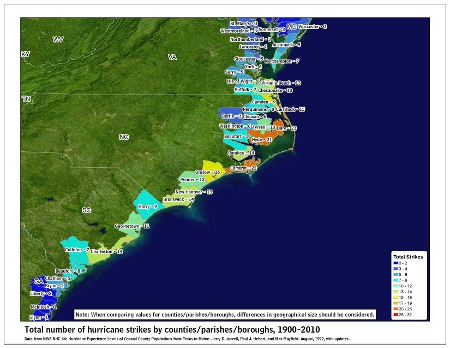
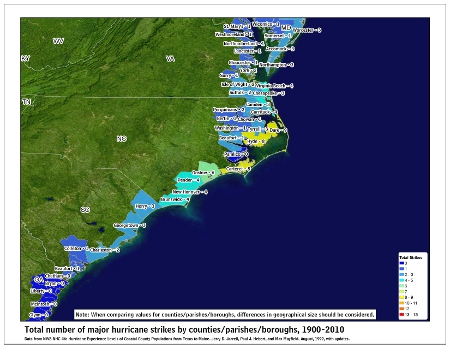
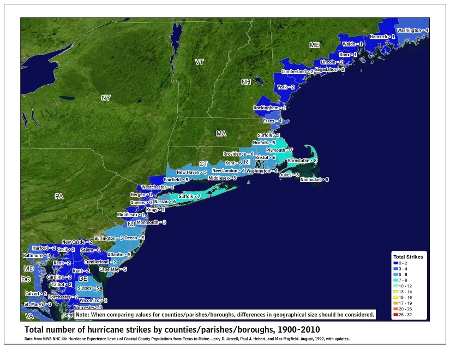
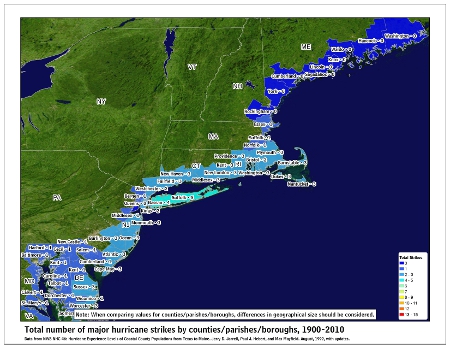
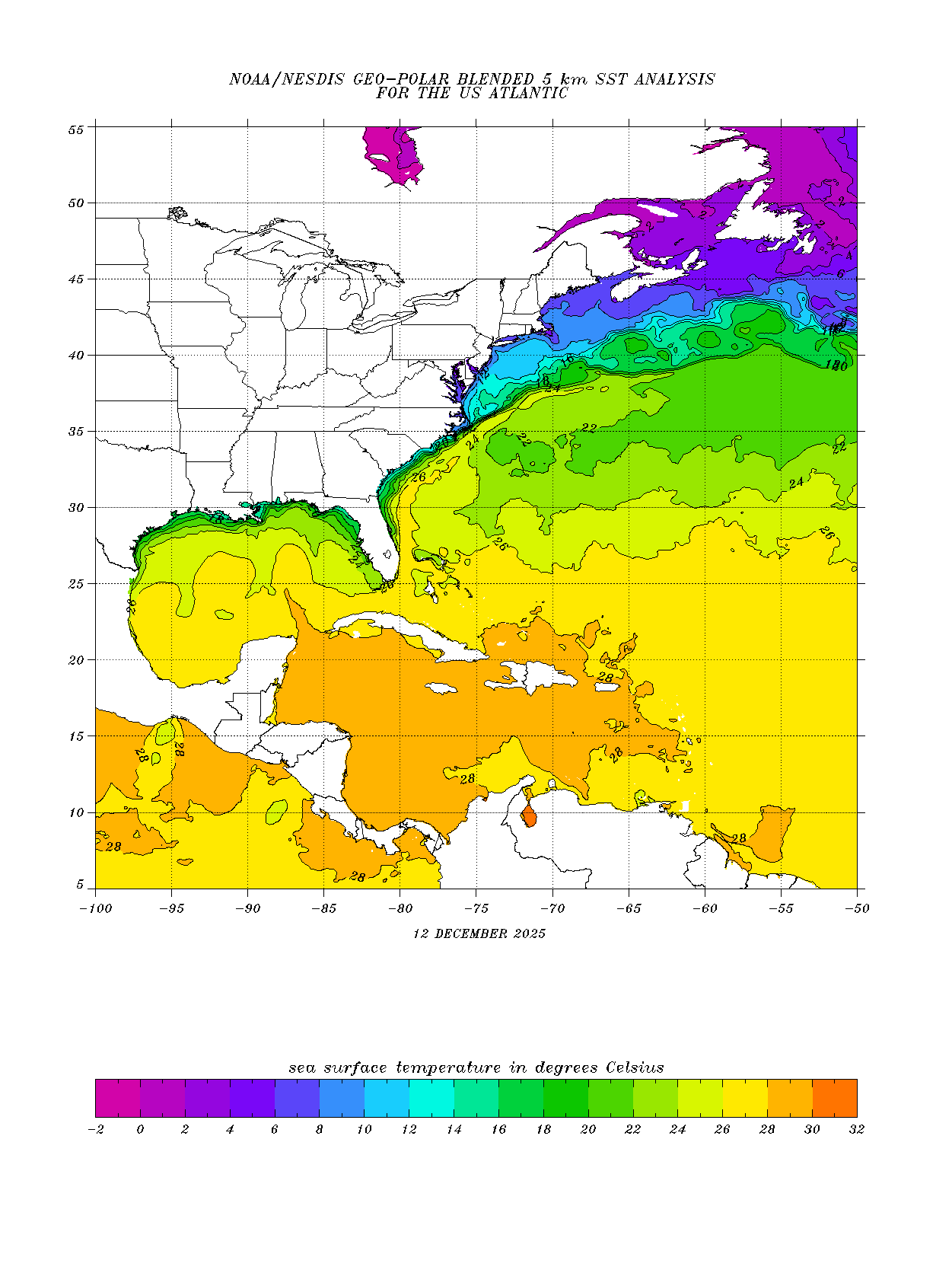
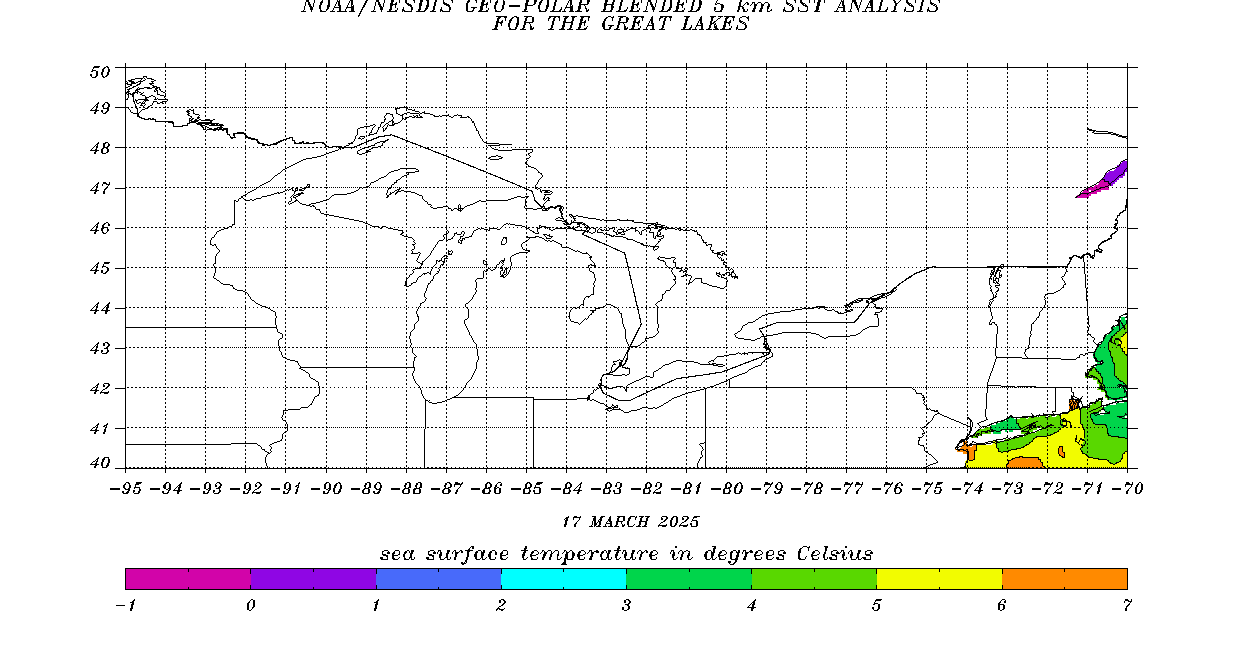
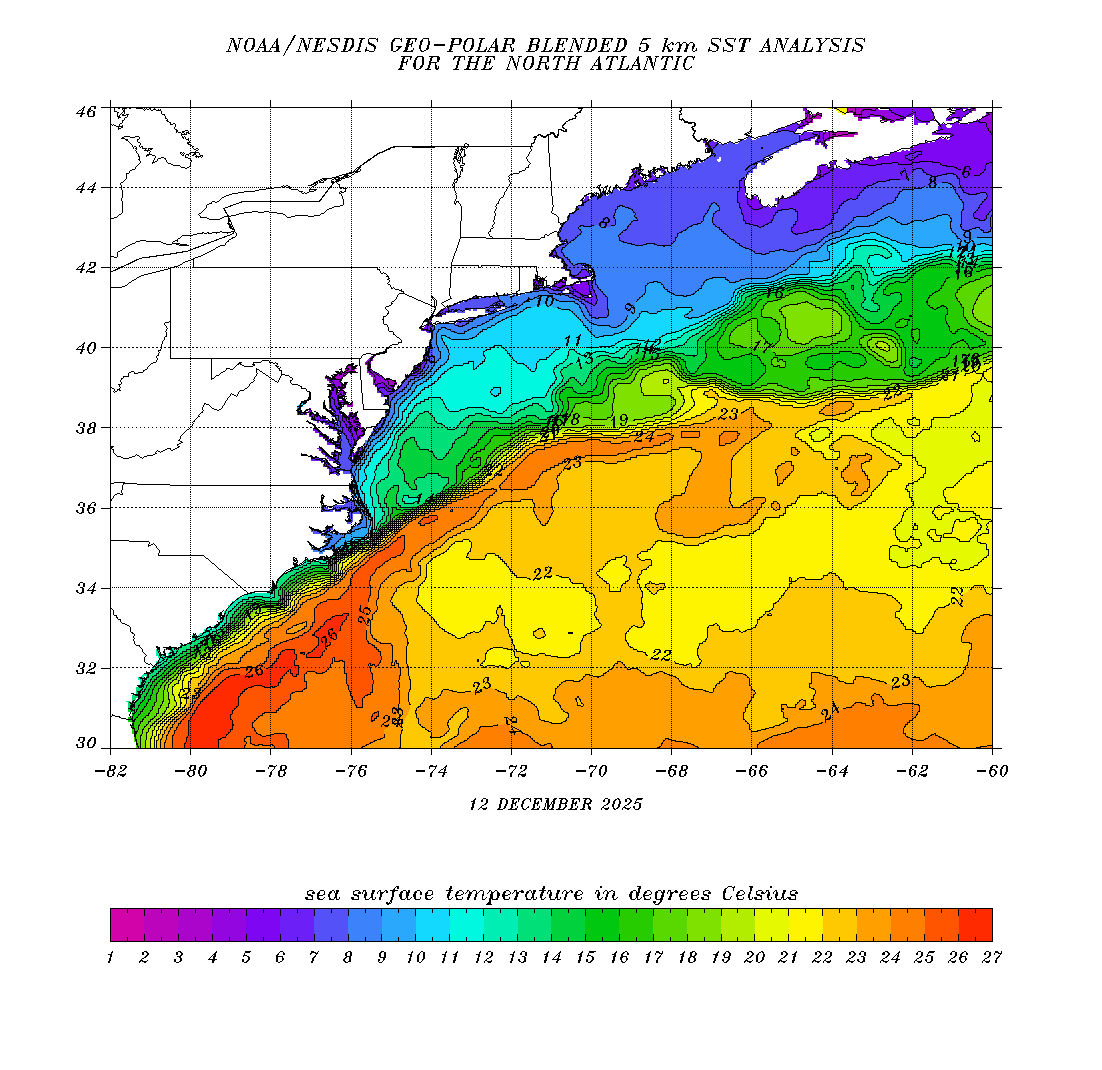

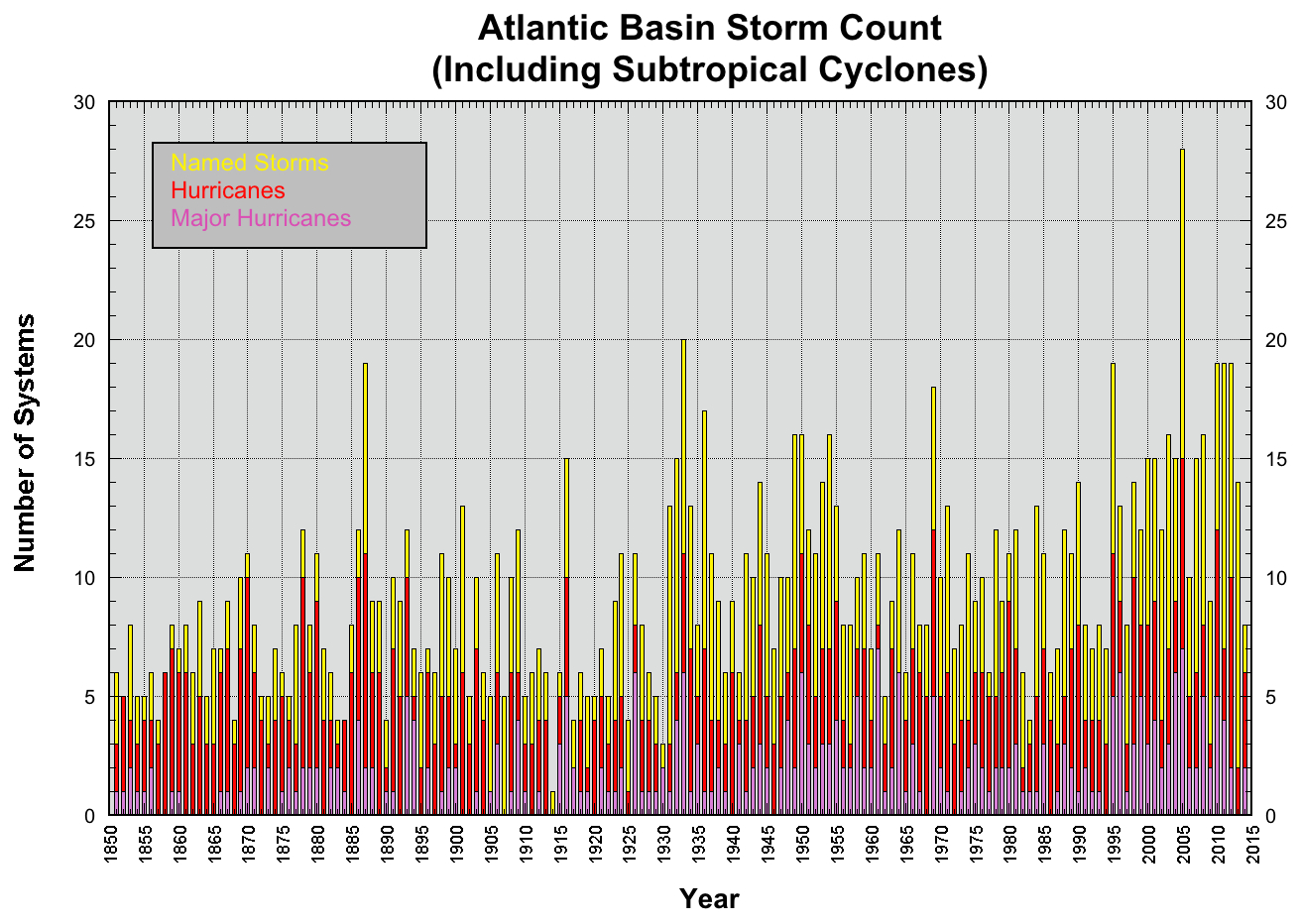
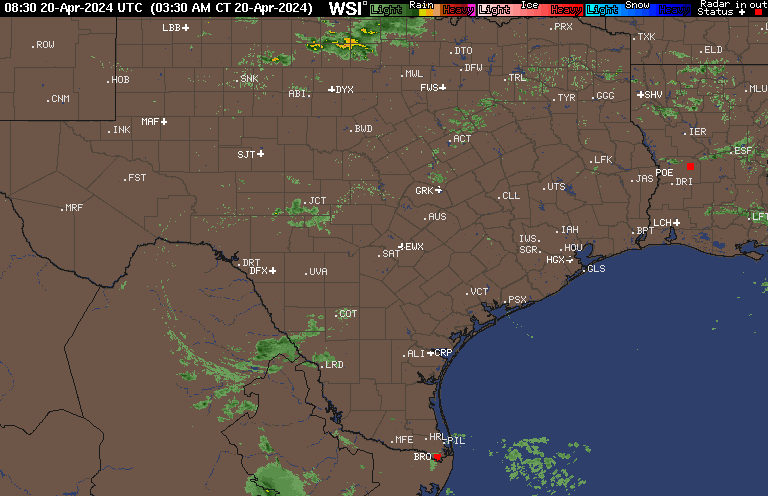






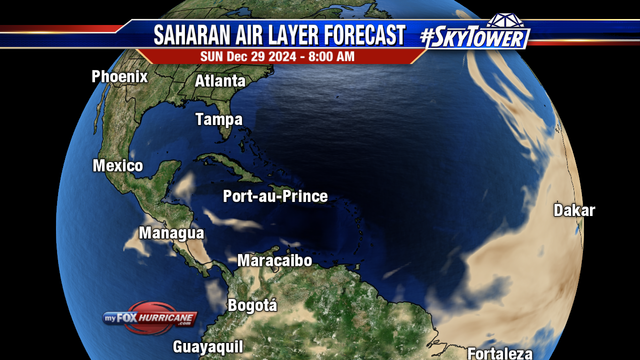




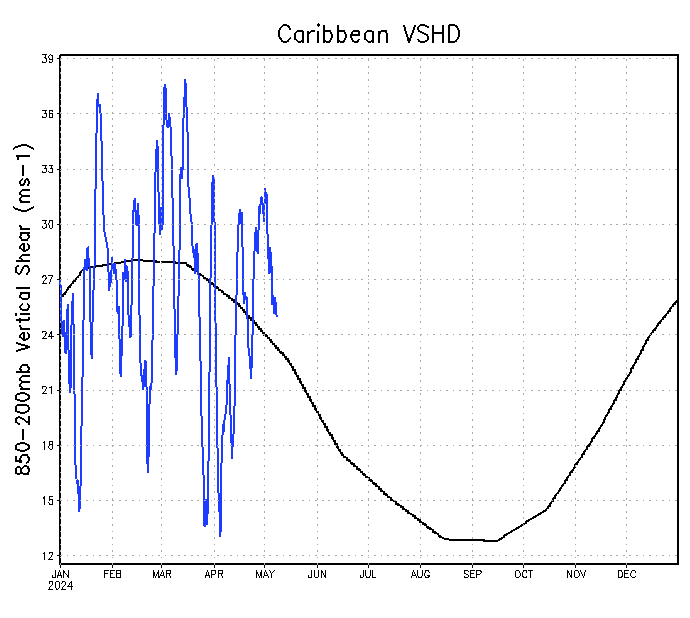

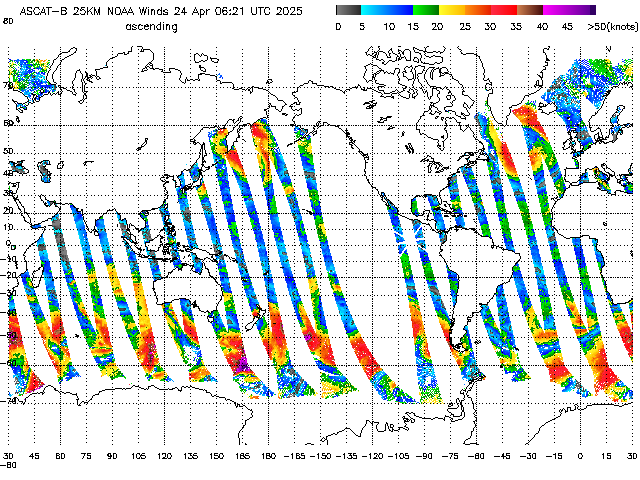
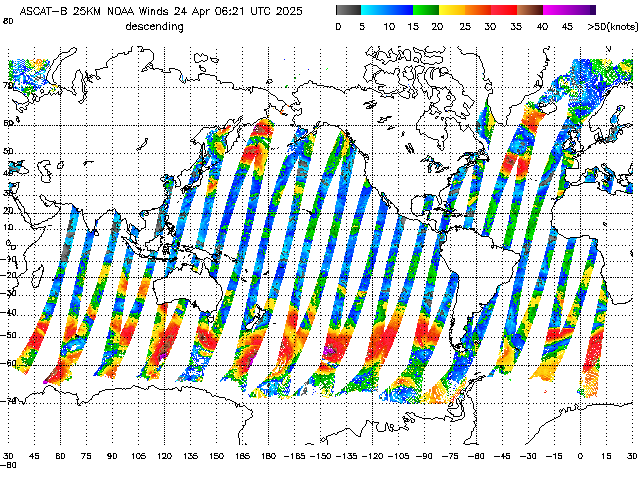
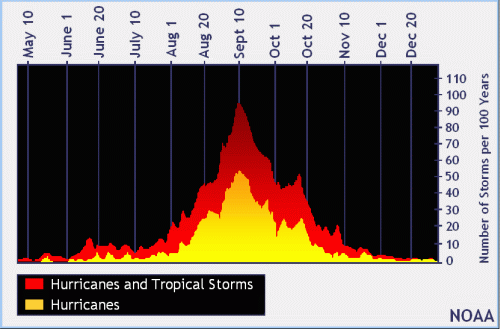
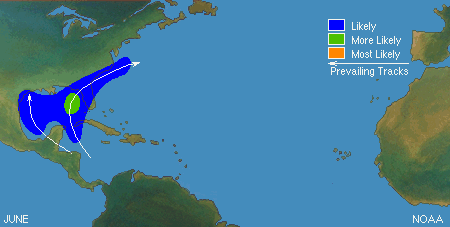
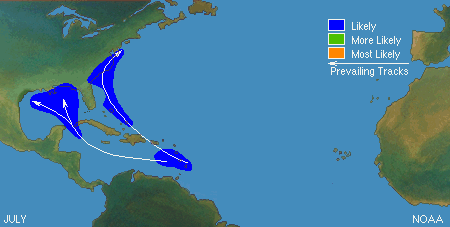
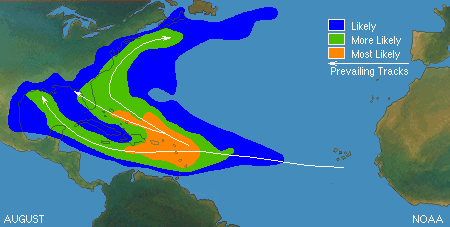
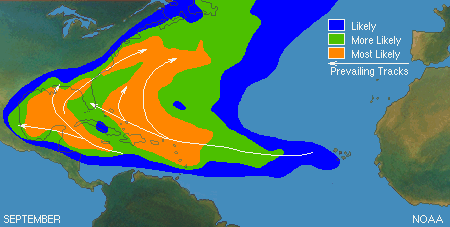
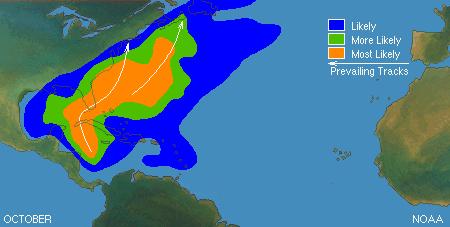
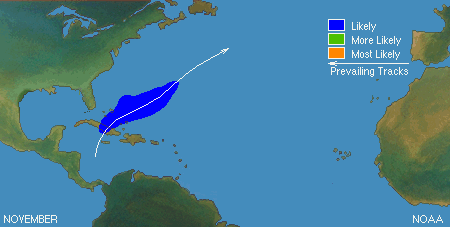
![[Map of return period in years for hurricanes passing within 50 nautical miles]](https://www.nhc.noaa.gov/climo/images/return_hurr_sm.jpg)
![[Map of return period in years for major hurricanes passing within 50 nautical miles]](https://www.nhc.noaa.gov/climo/images/return_mjrhurr_sm.jpg)

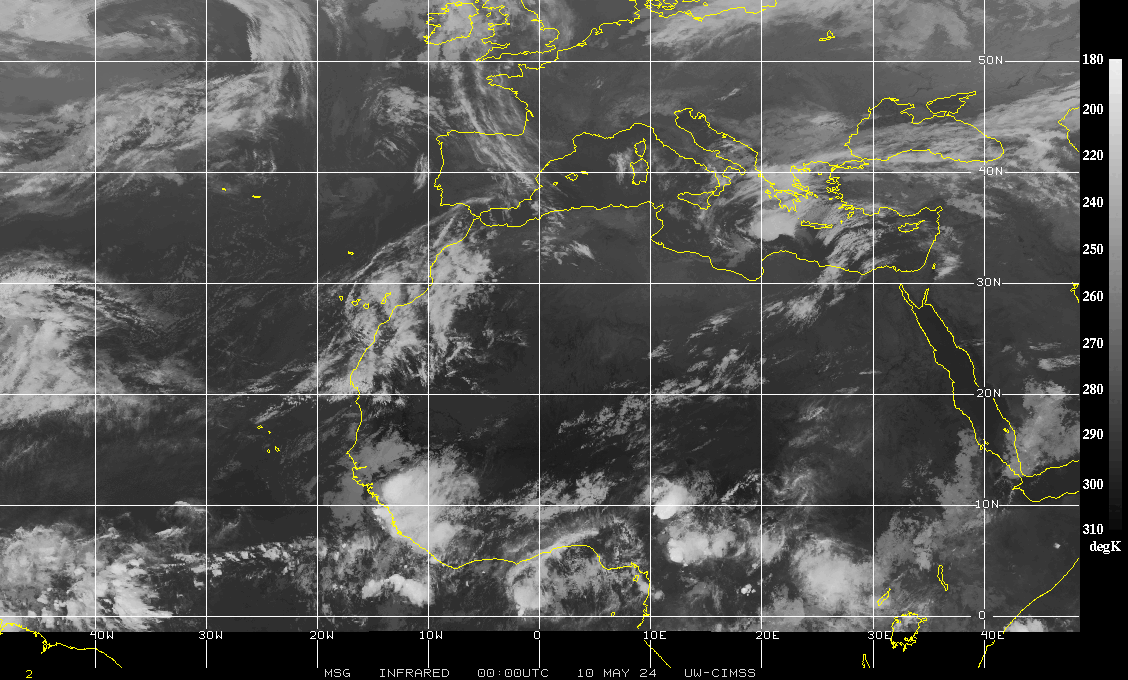
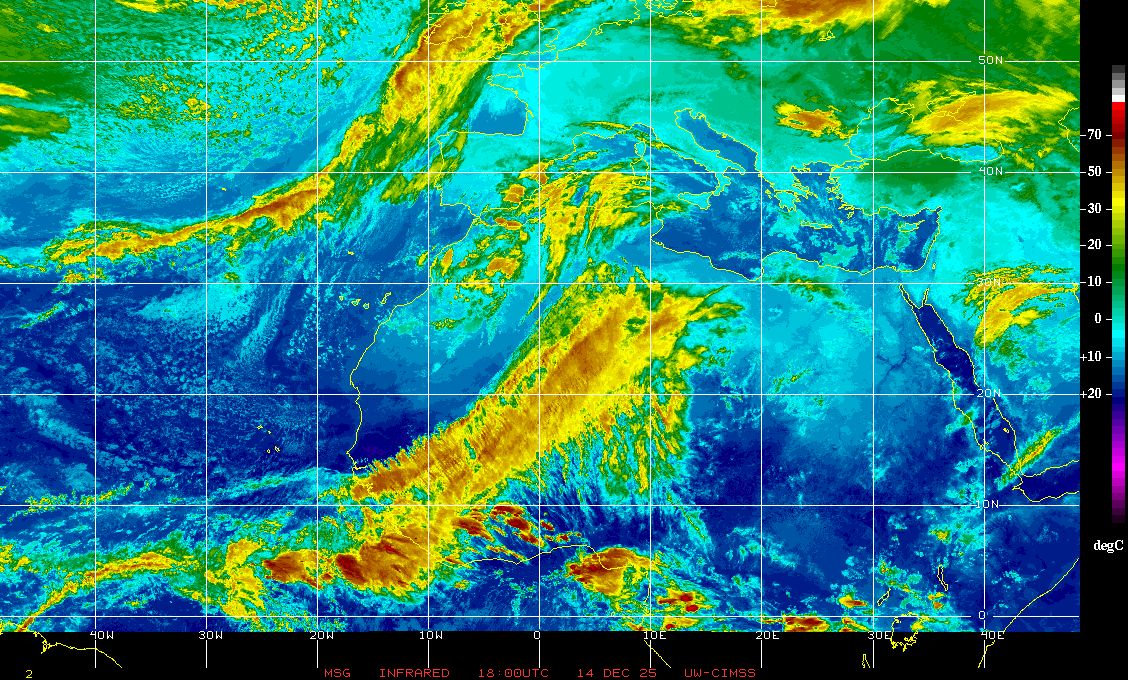
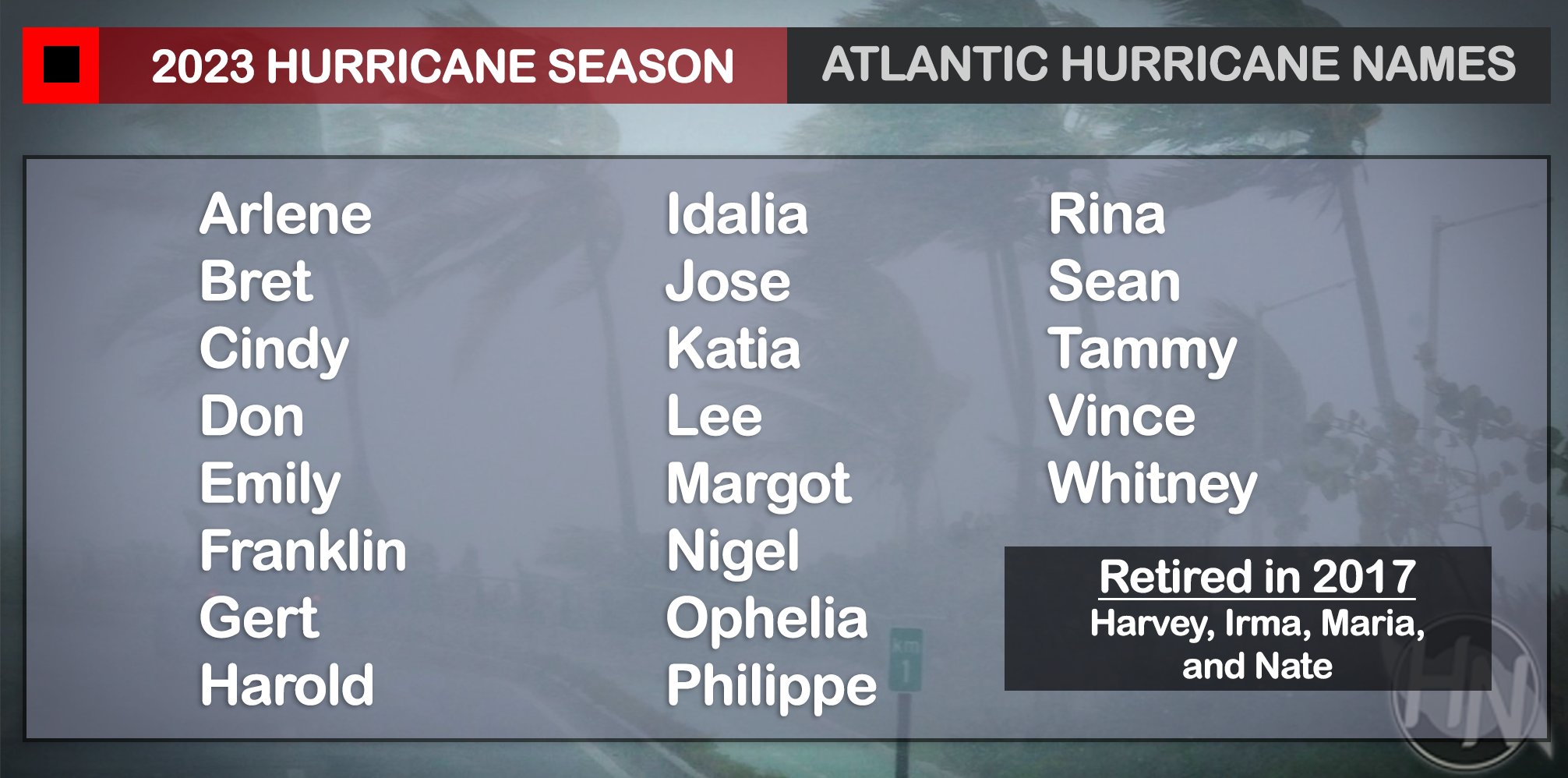


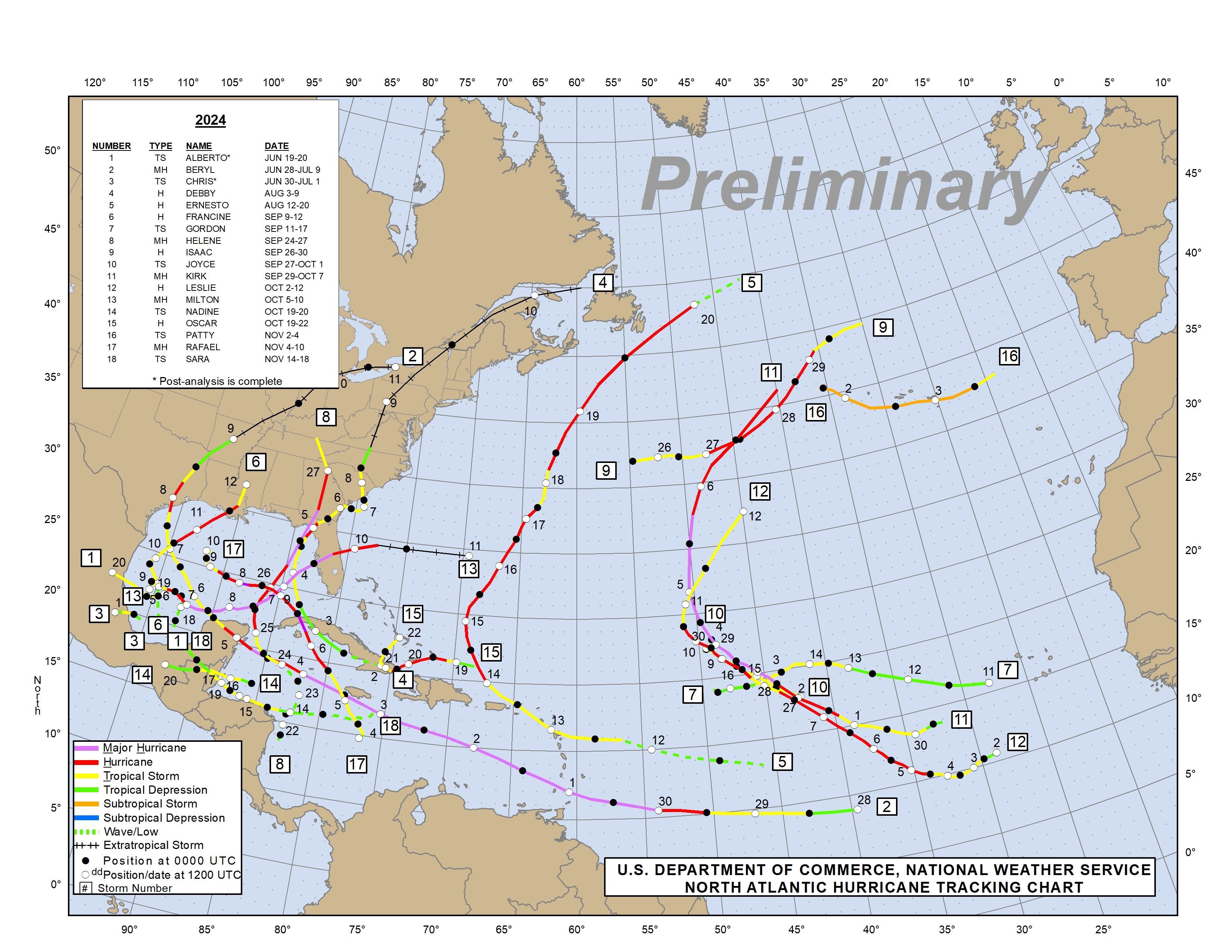


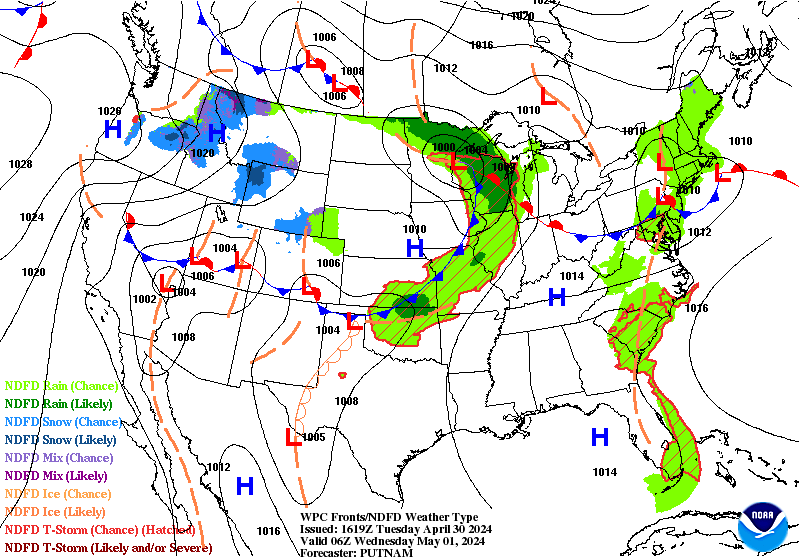


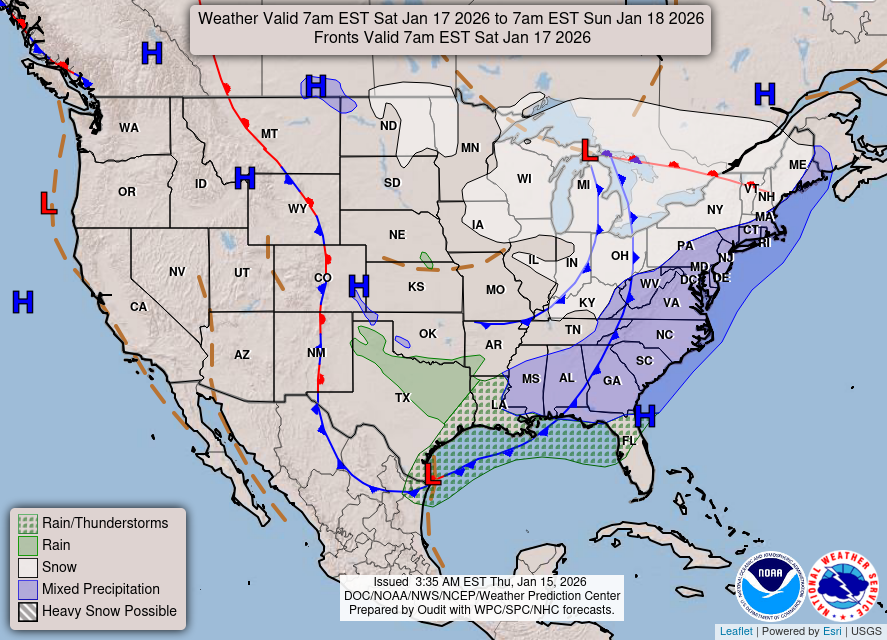
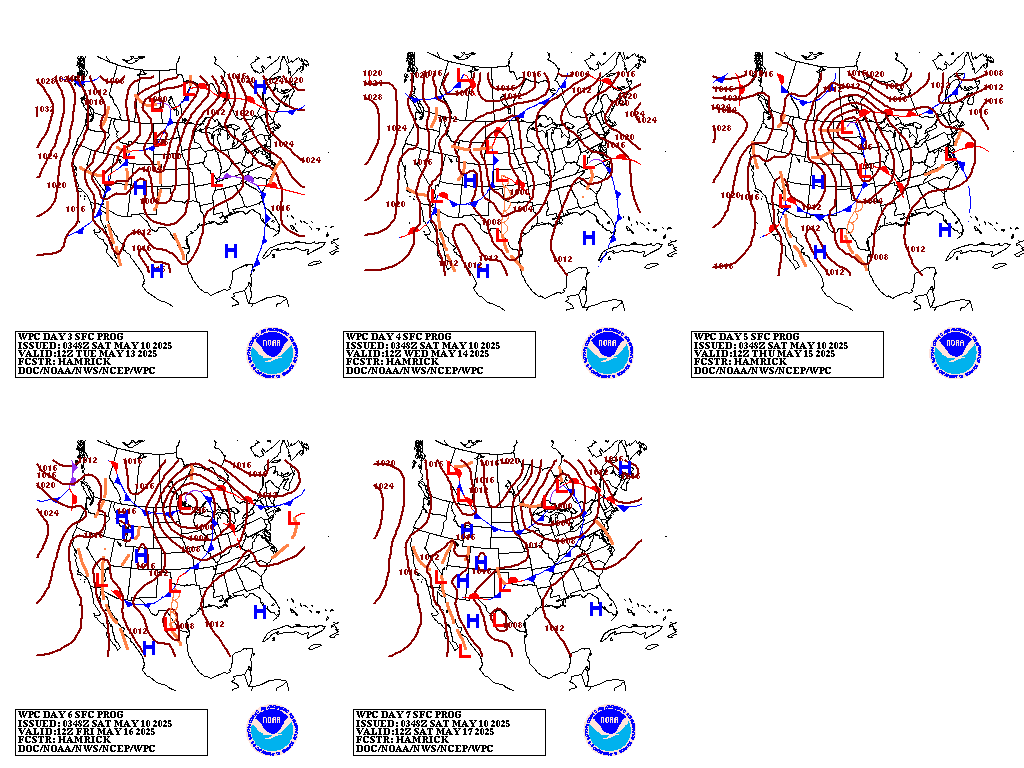
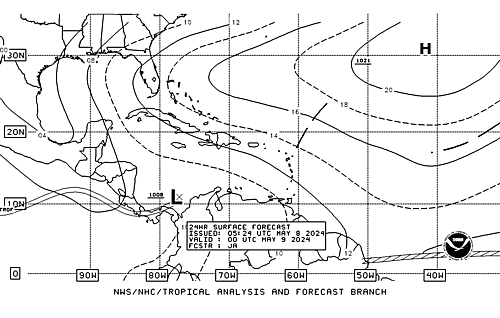
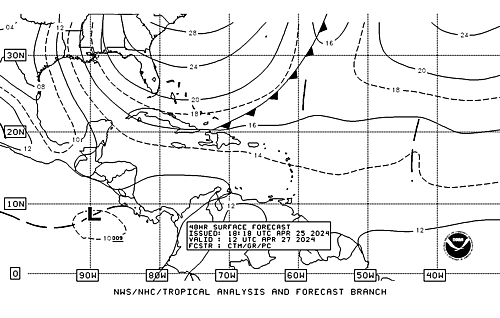
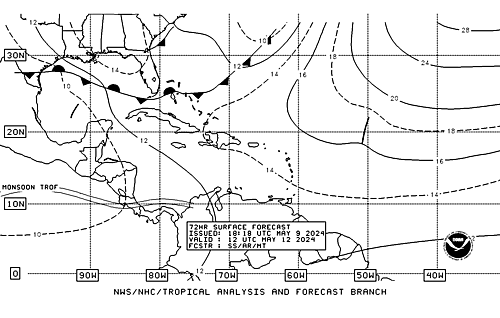




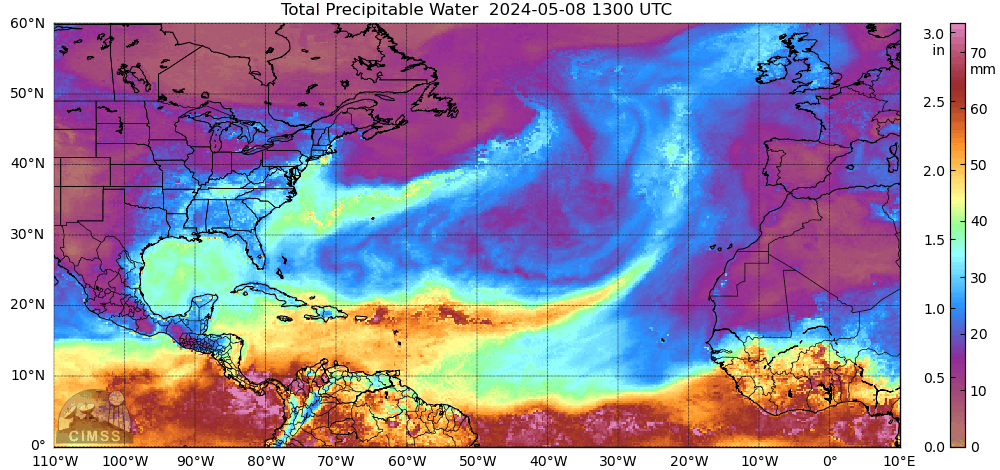












Facebook Comments